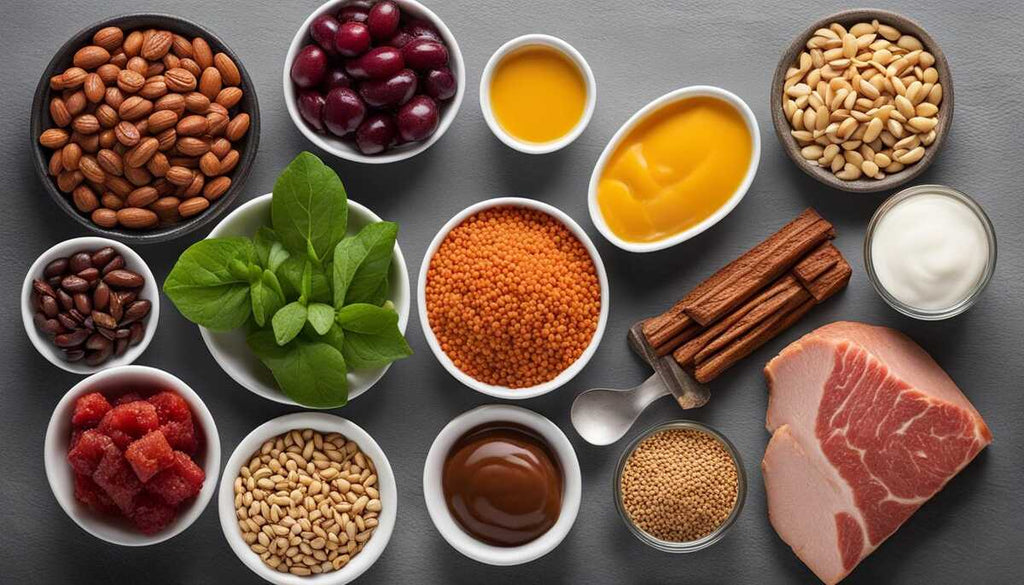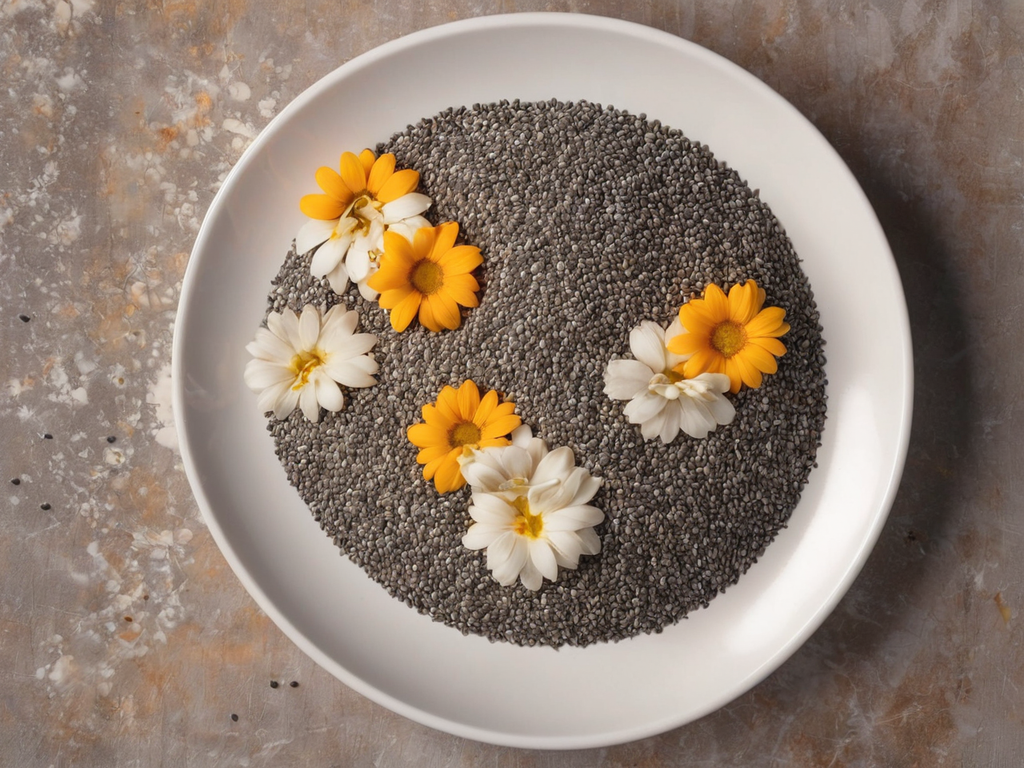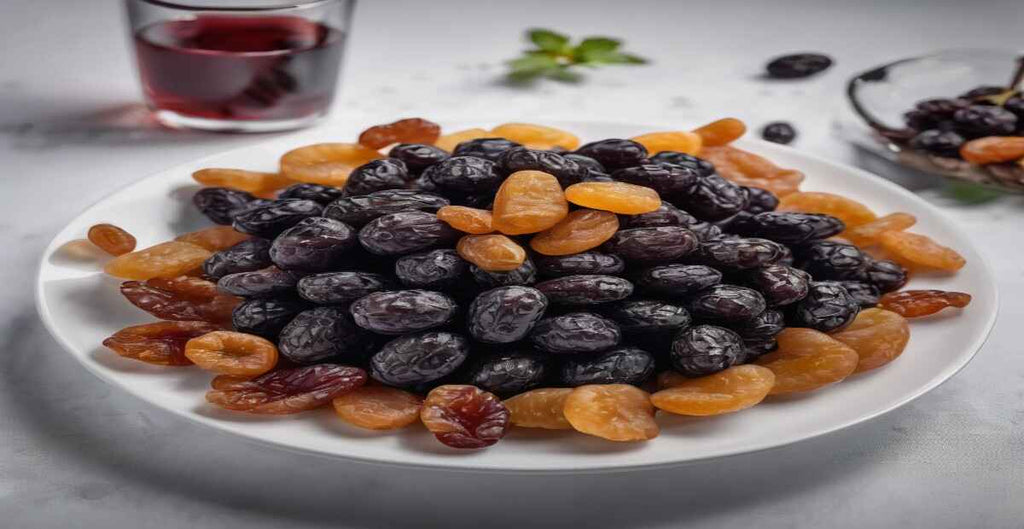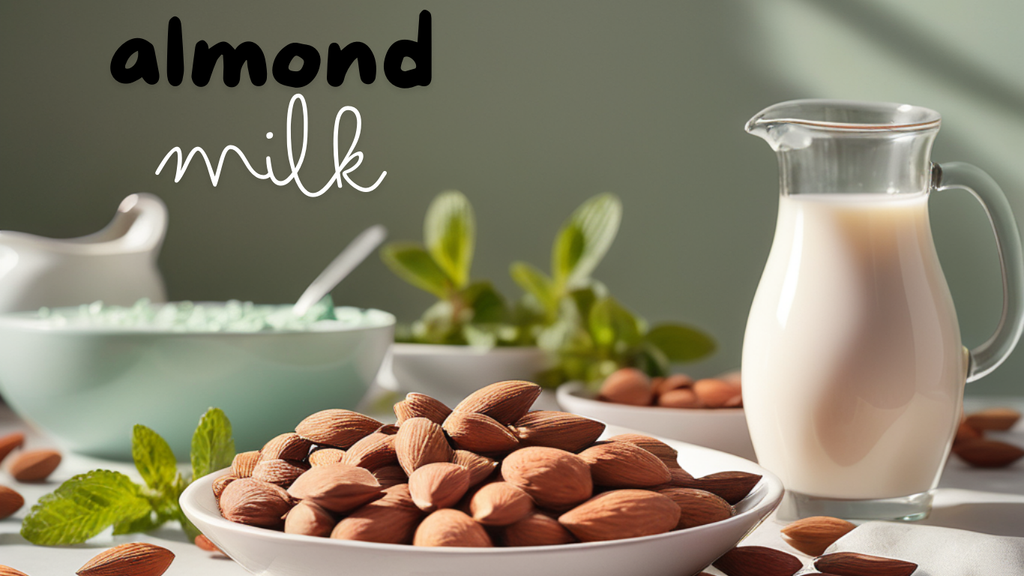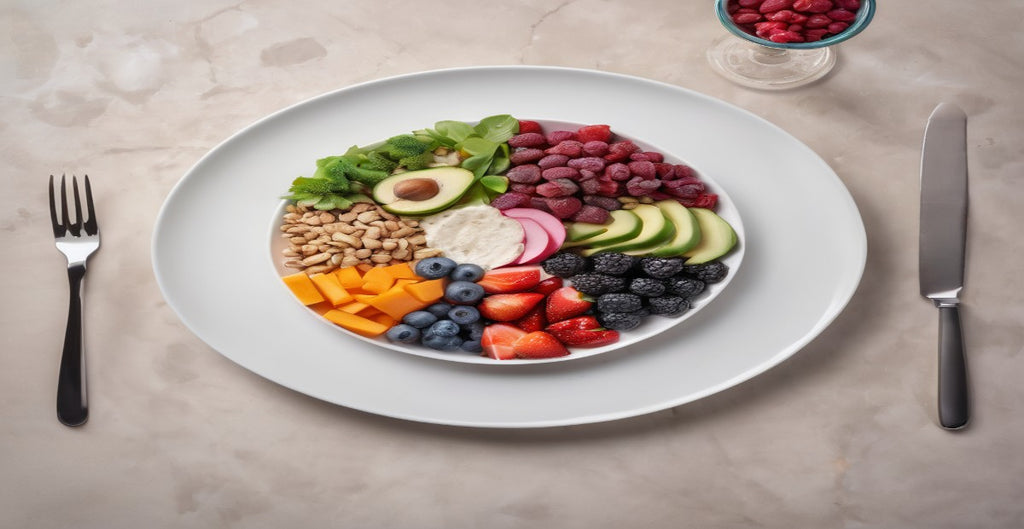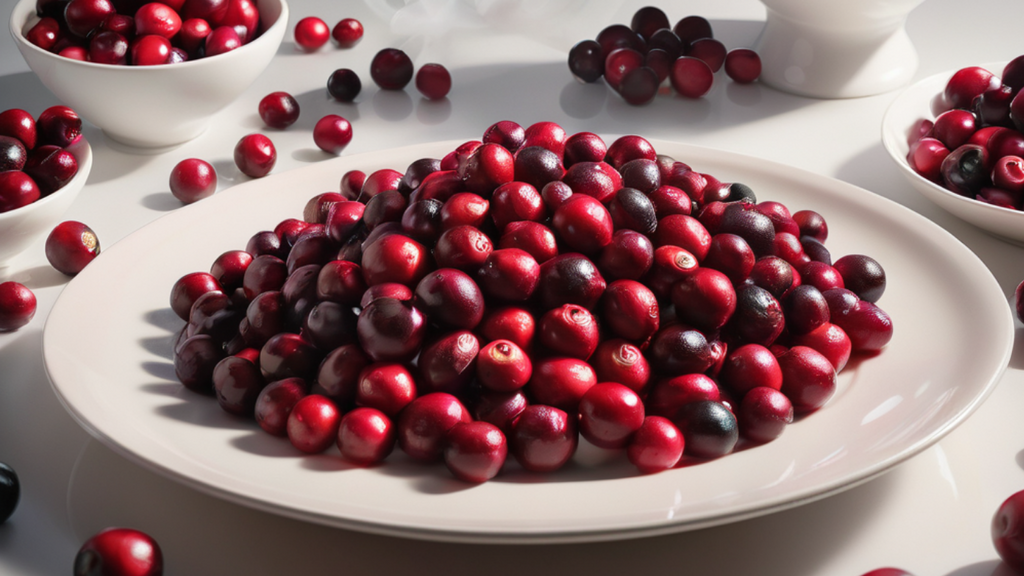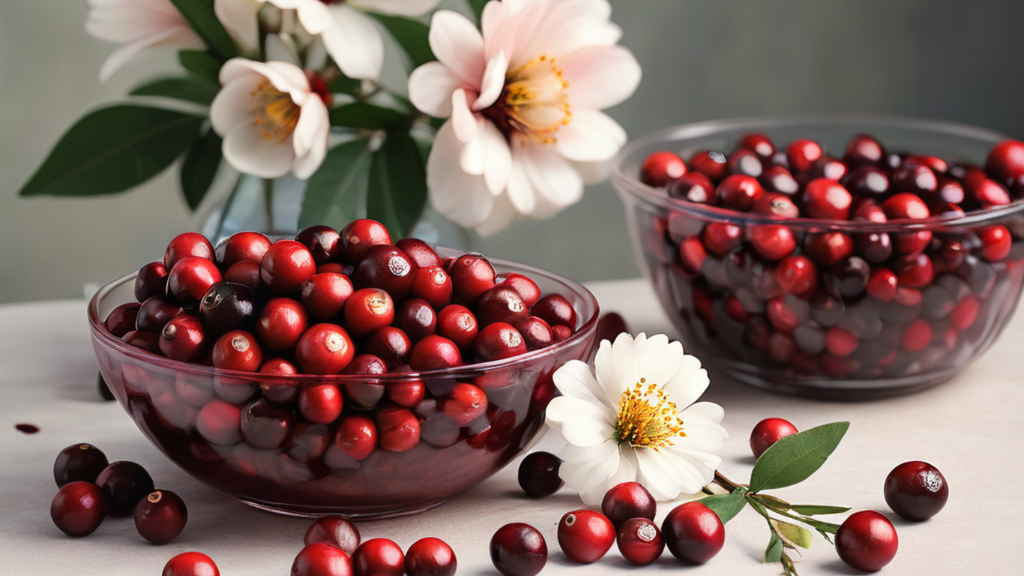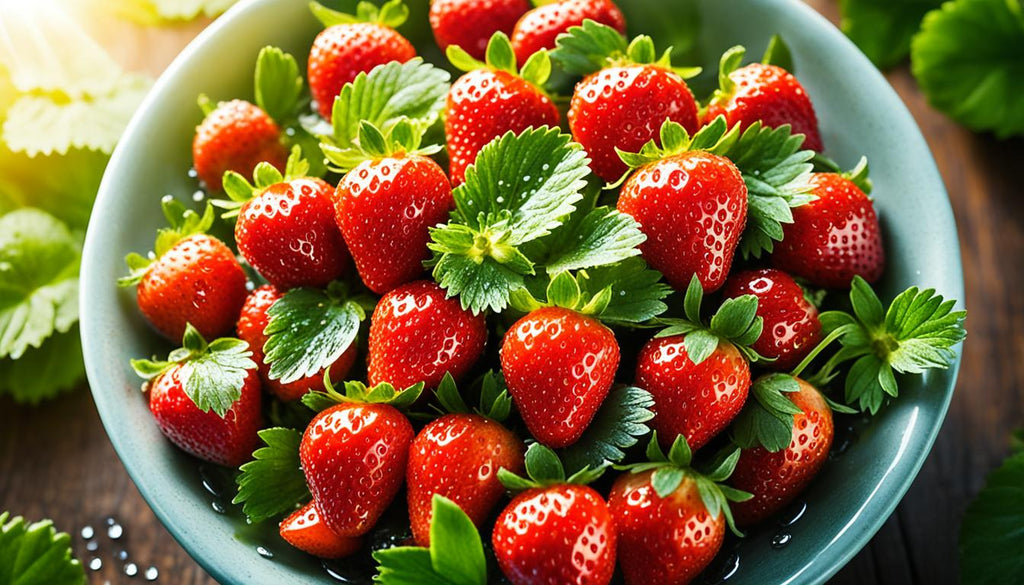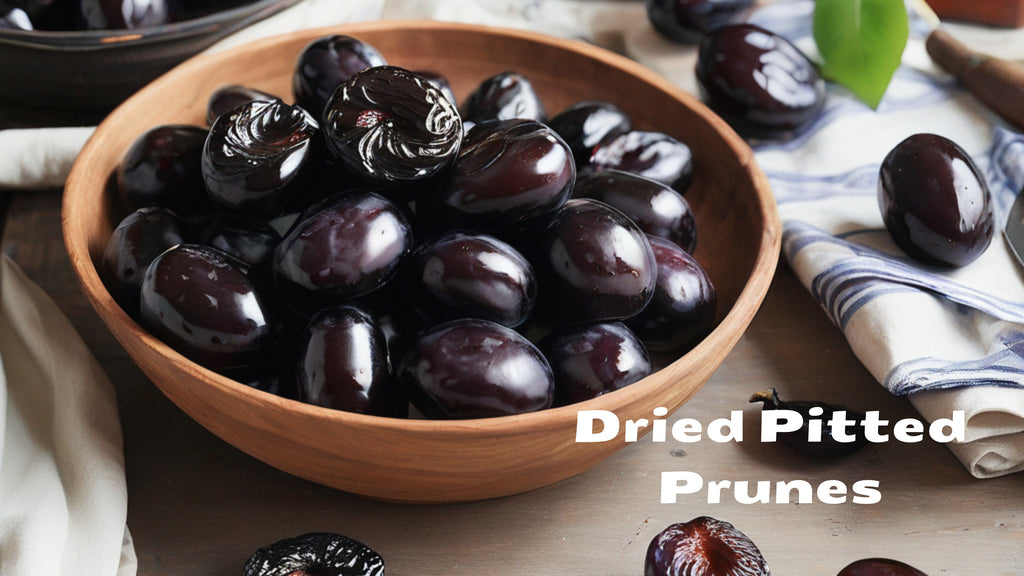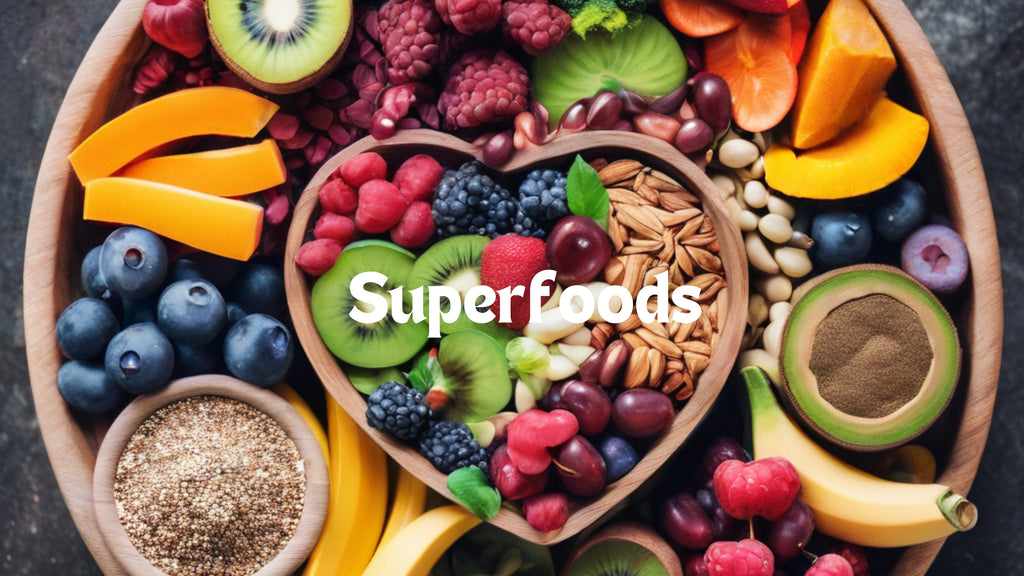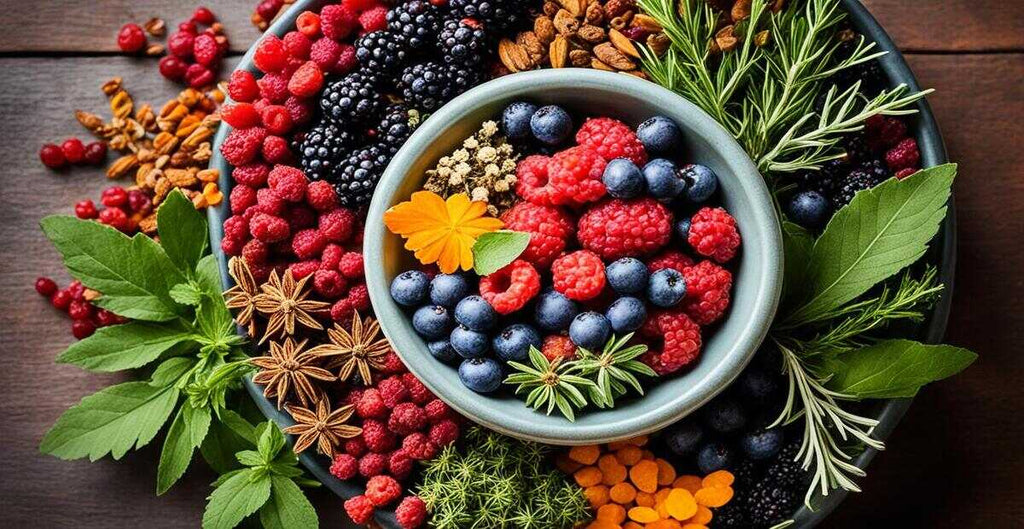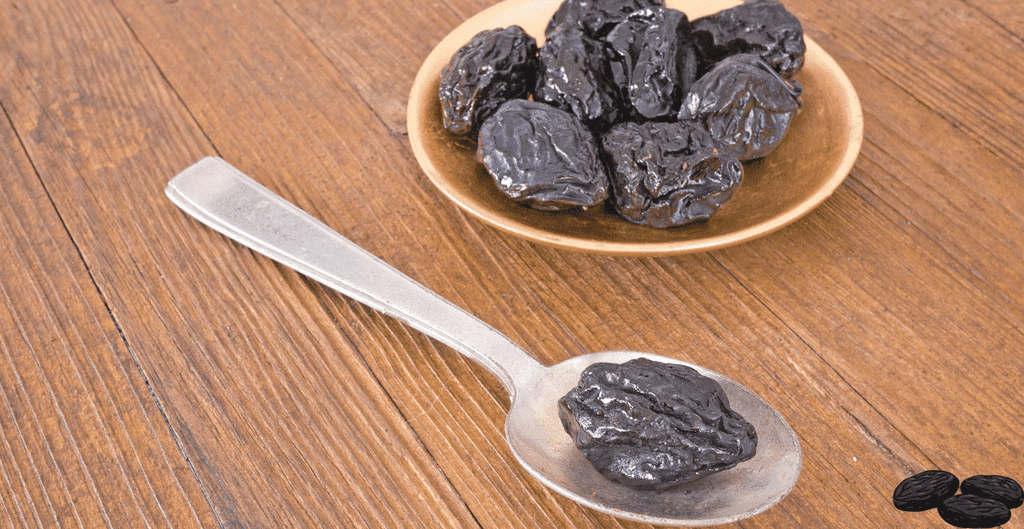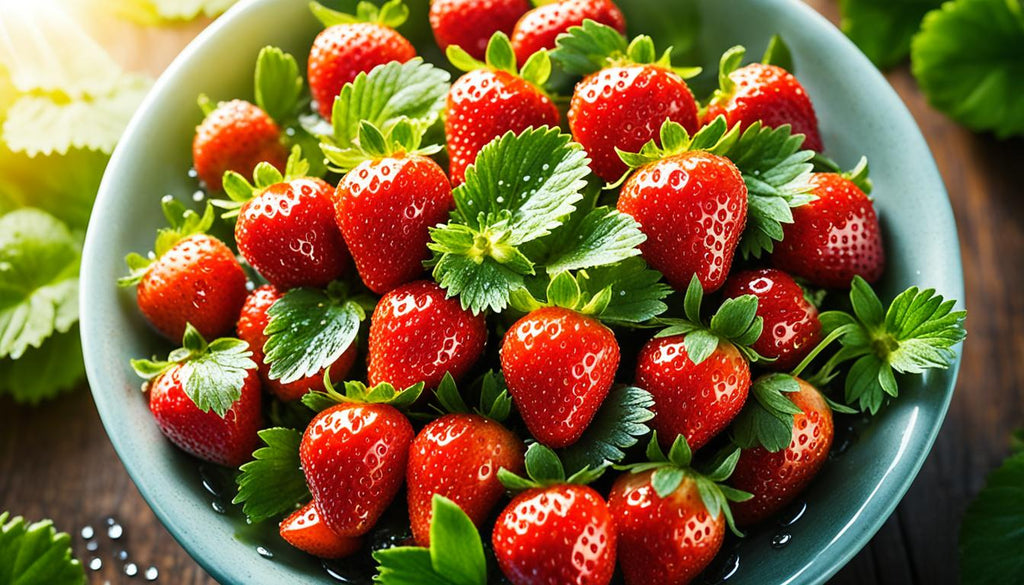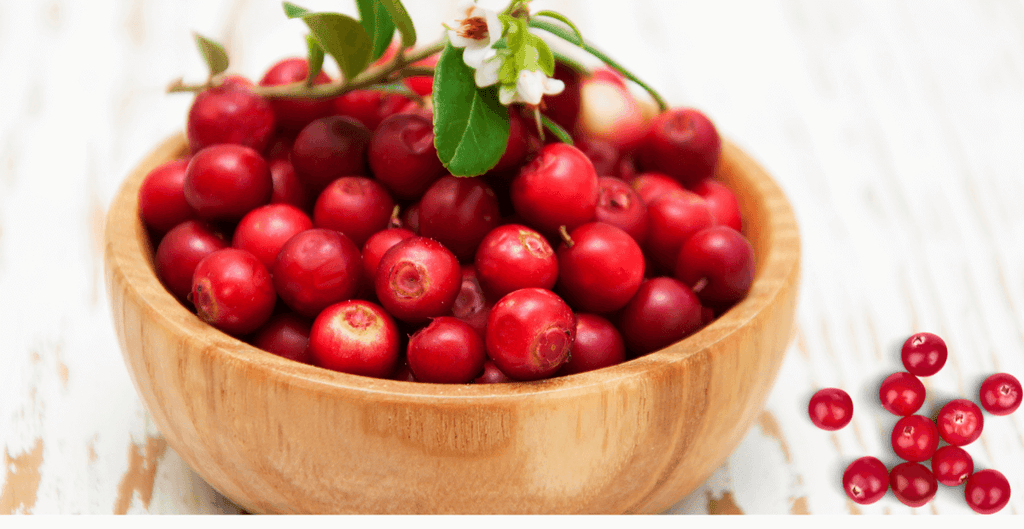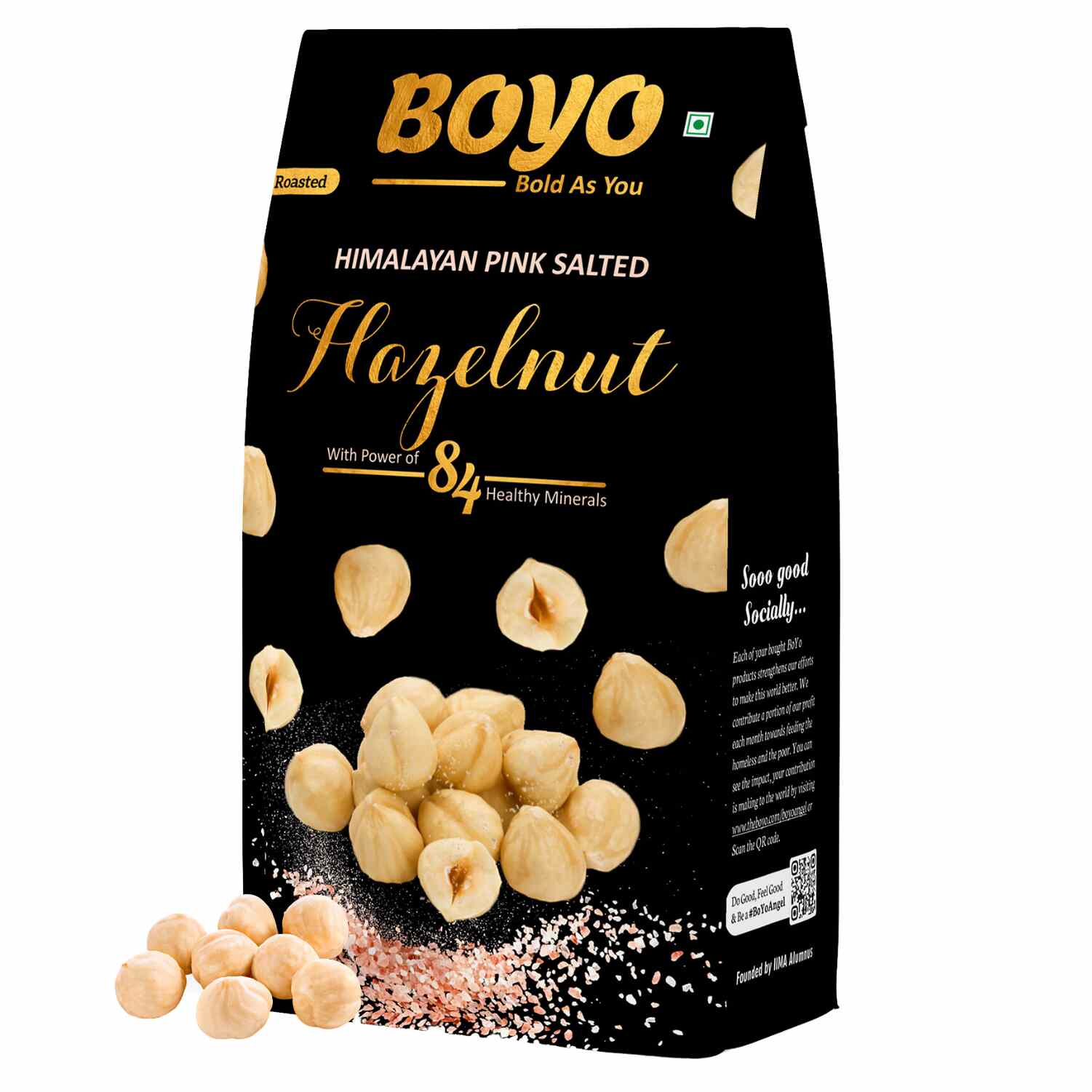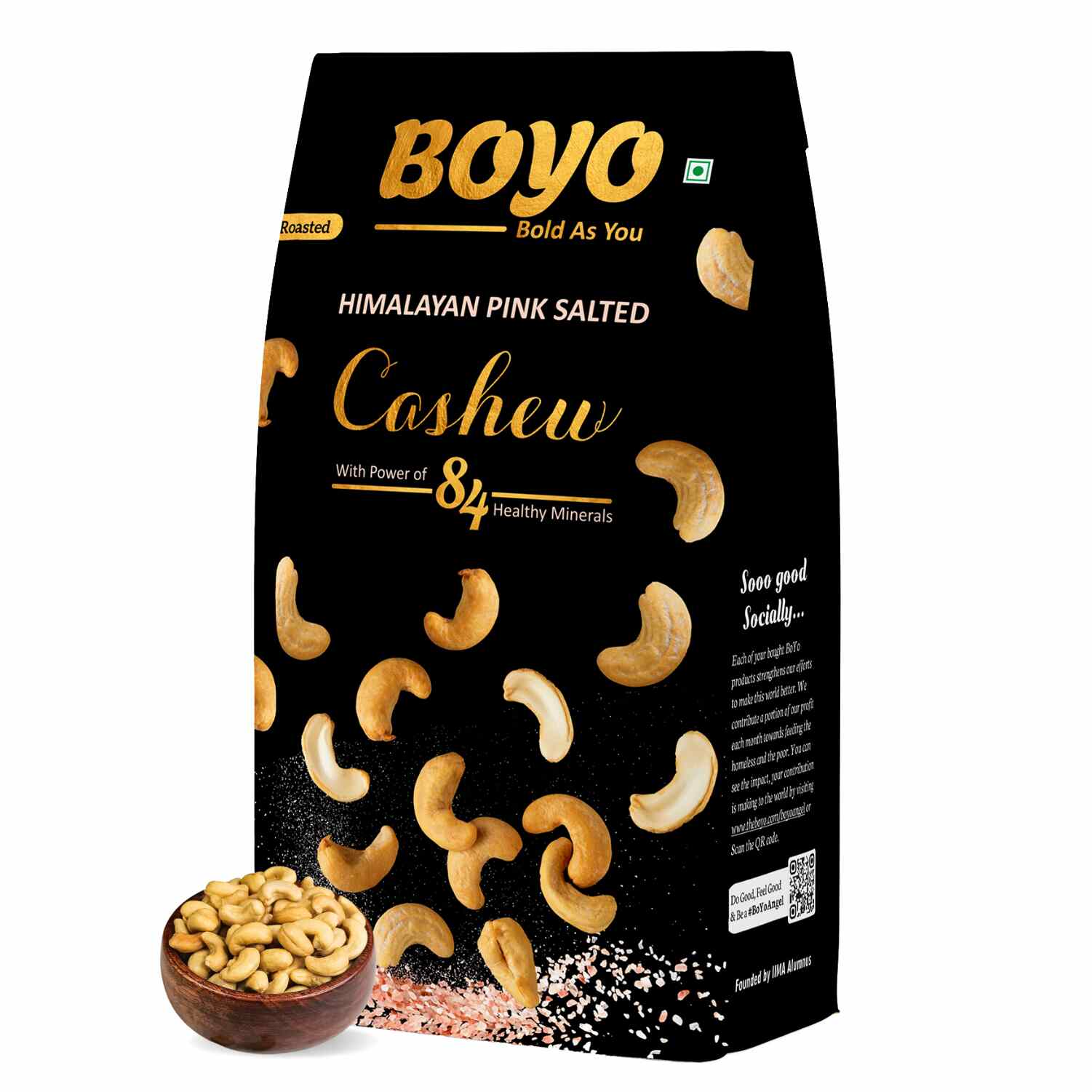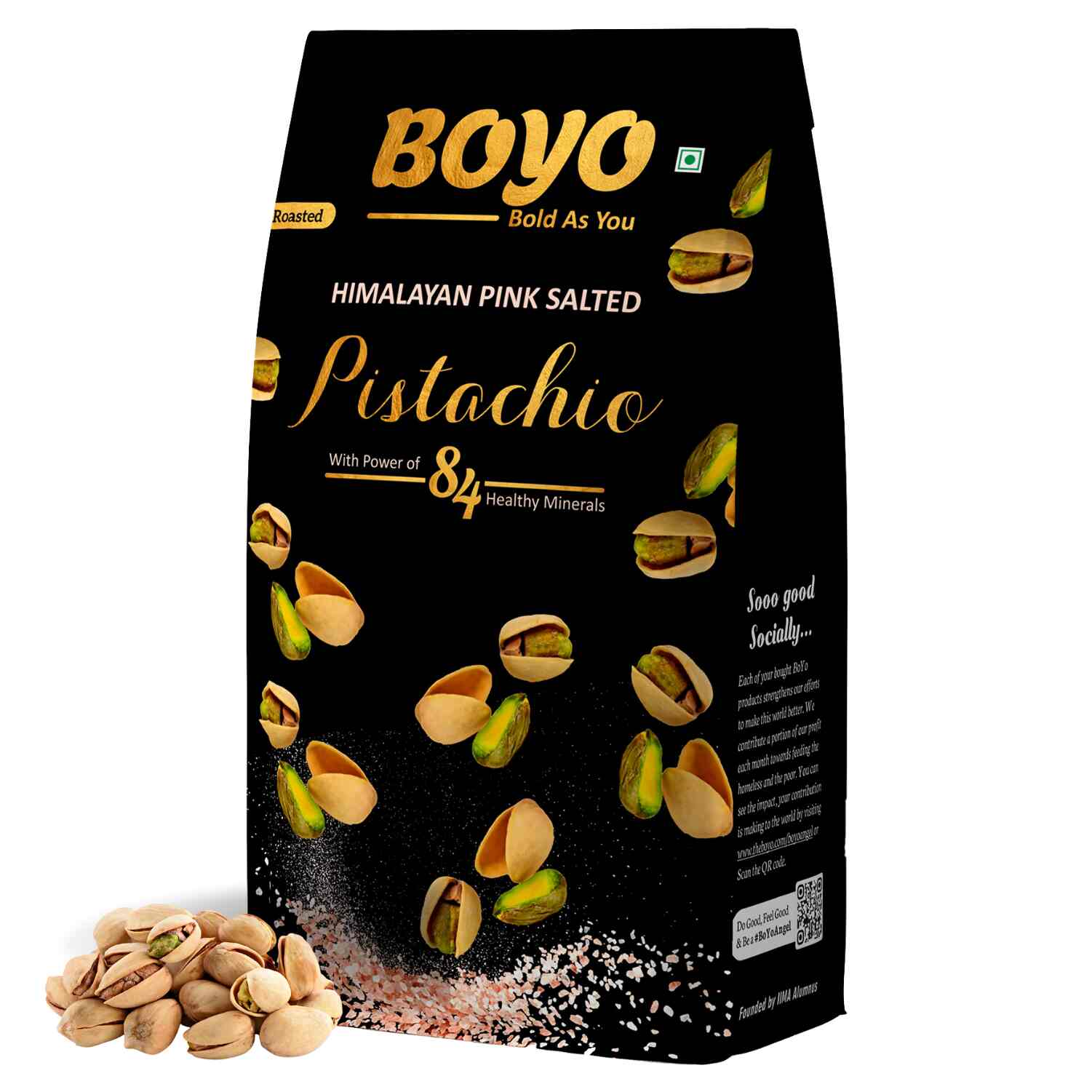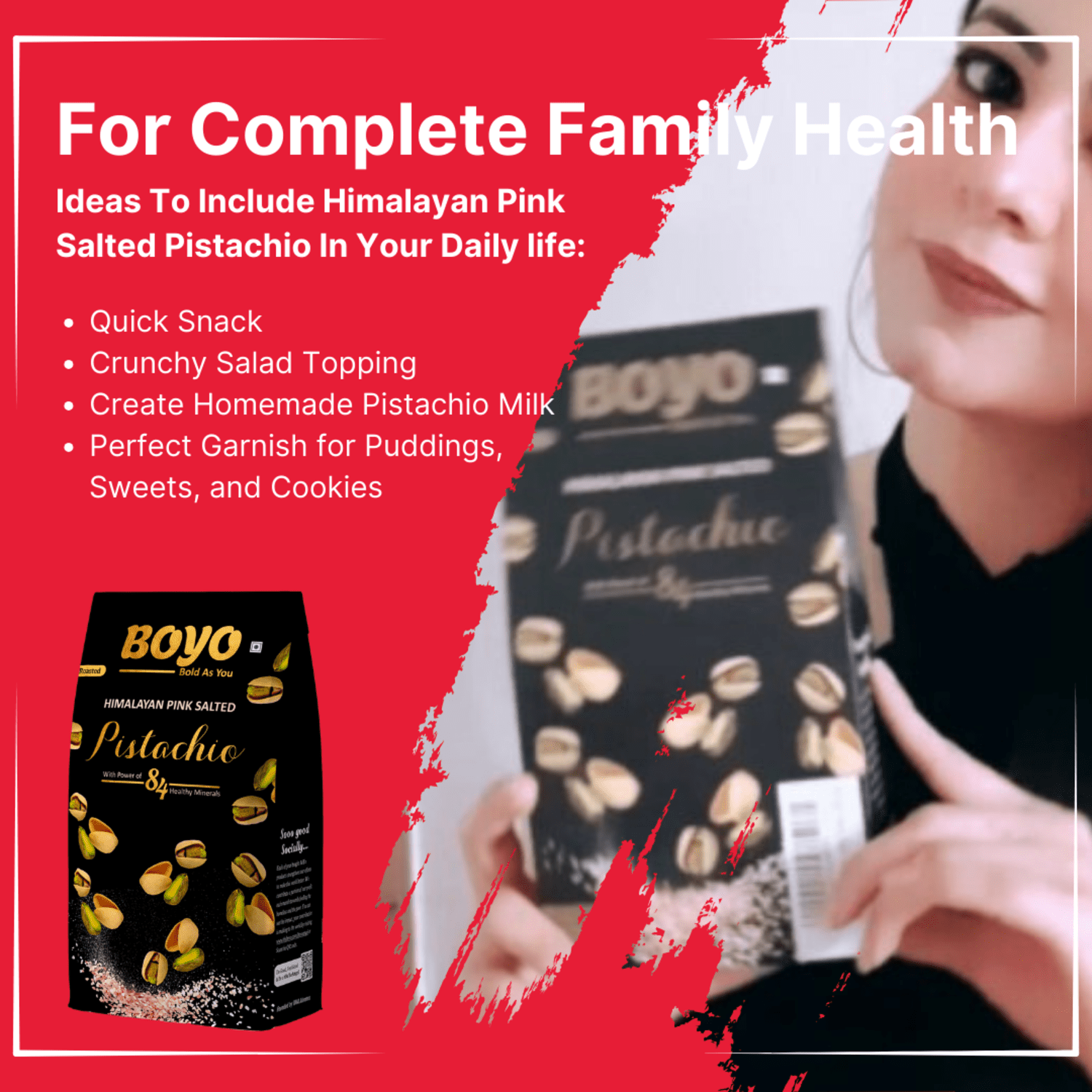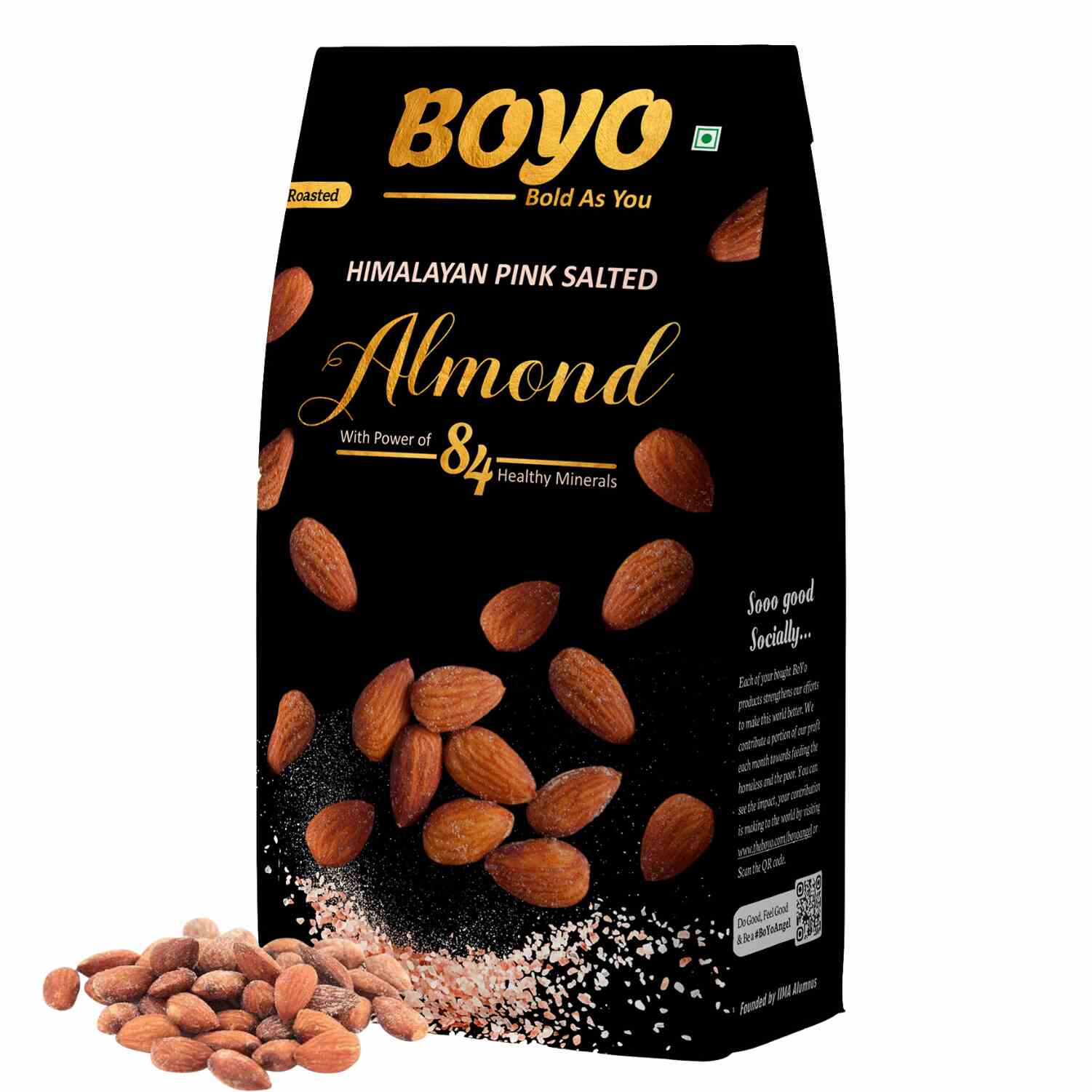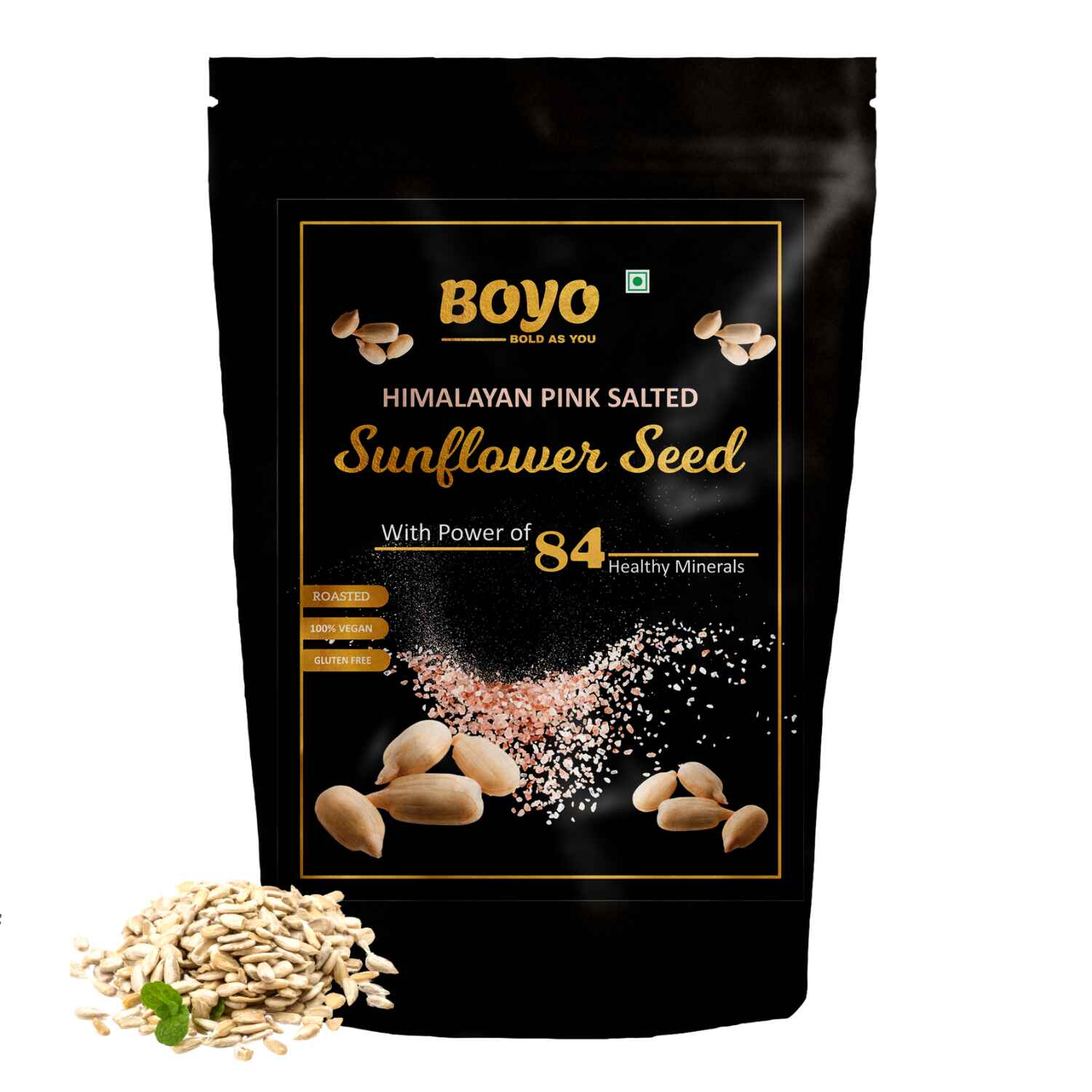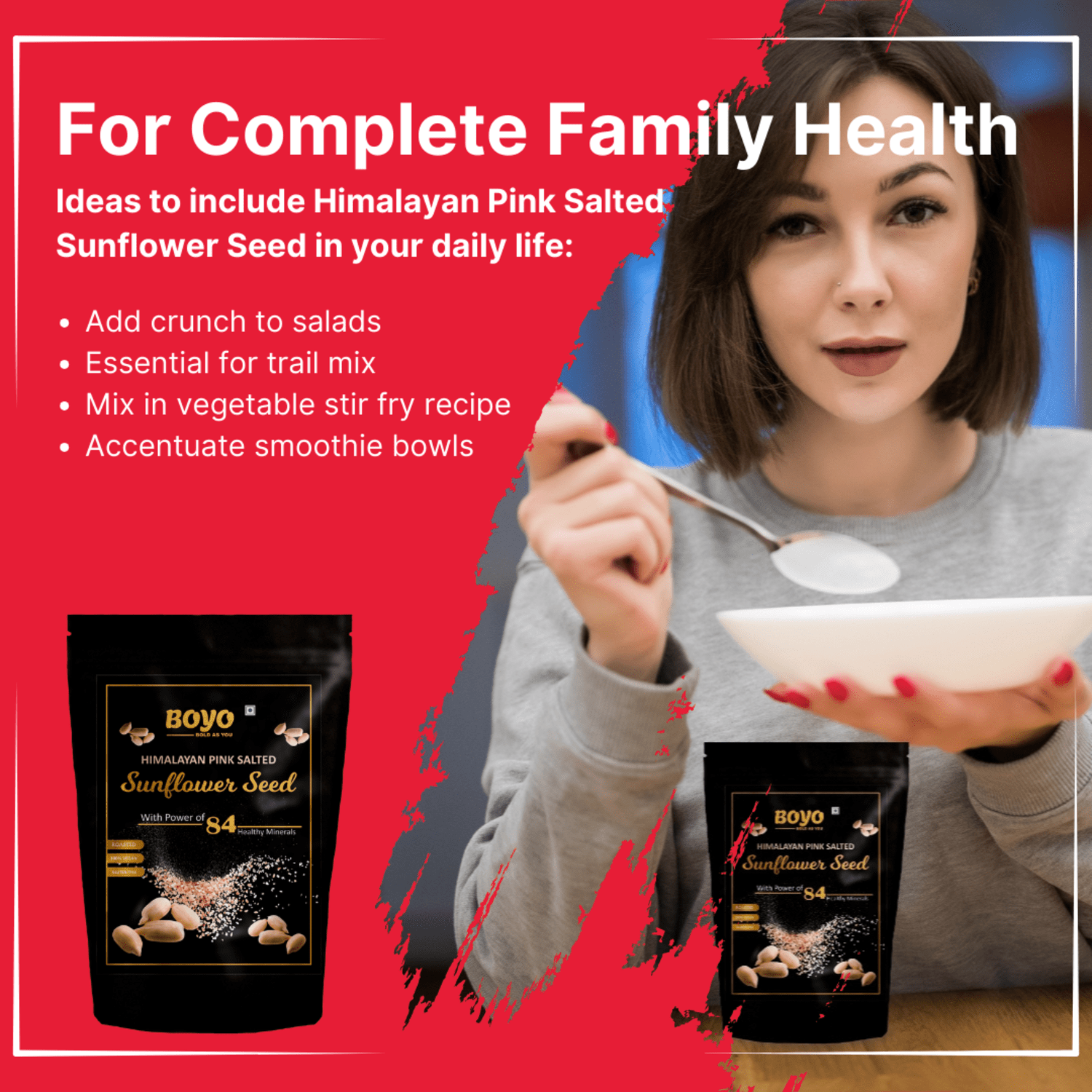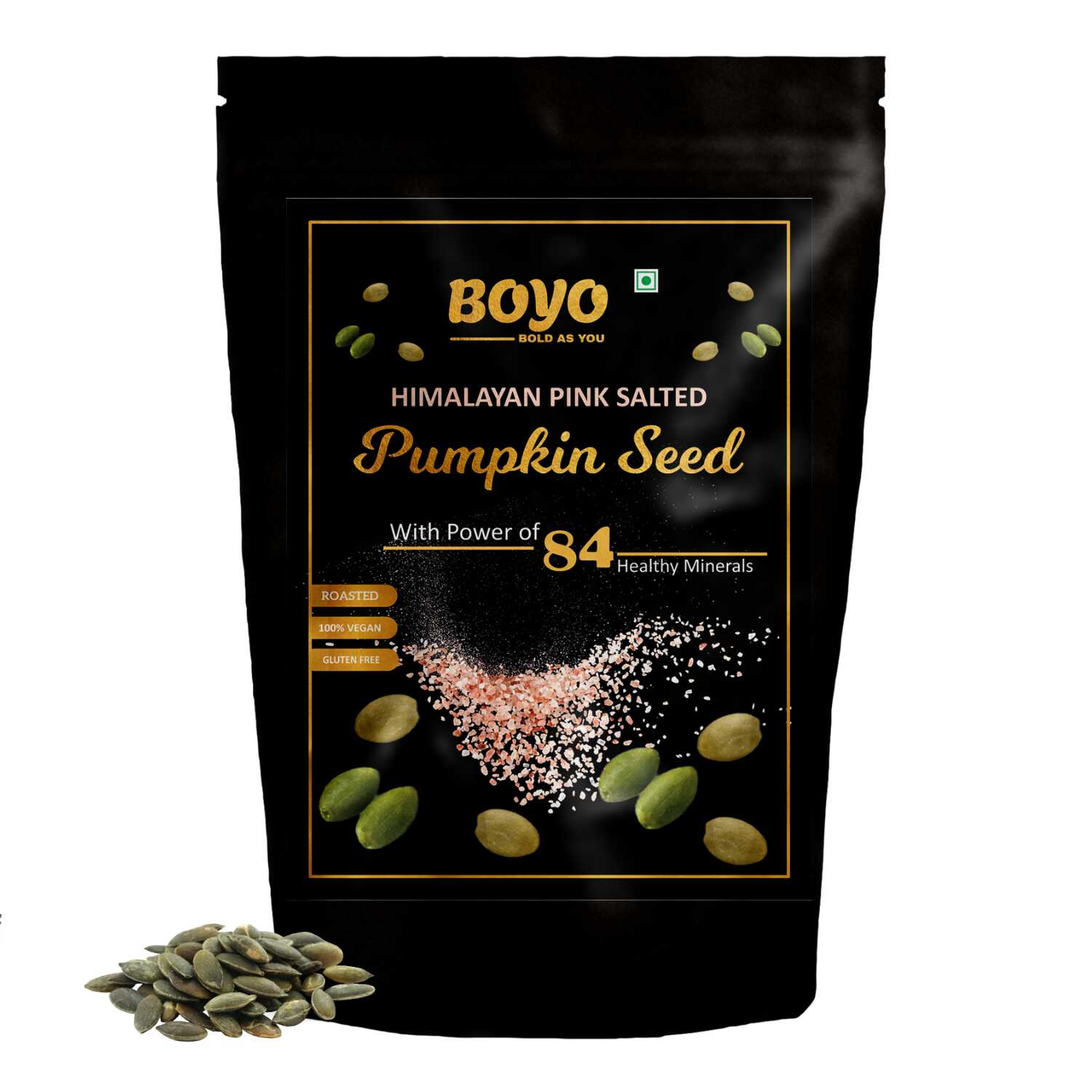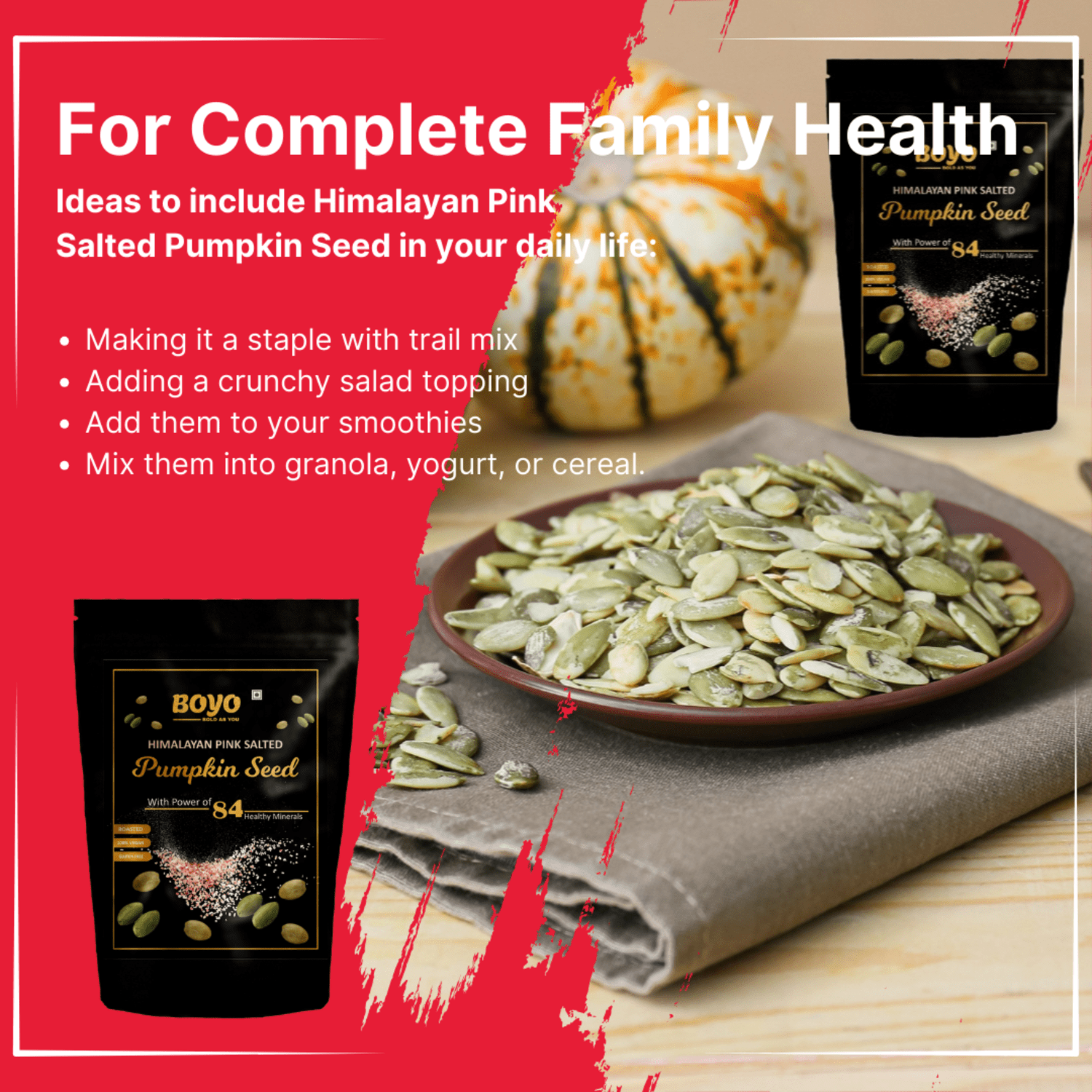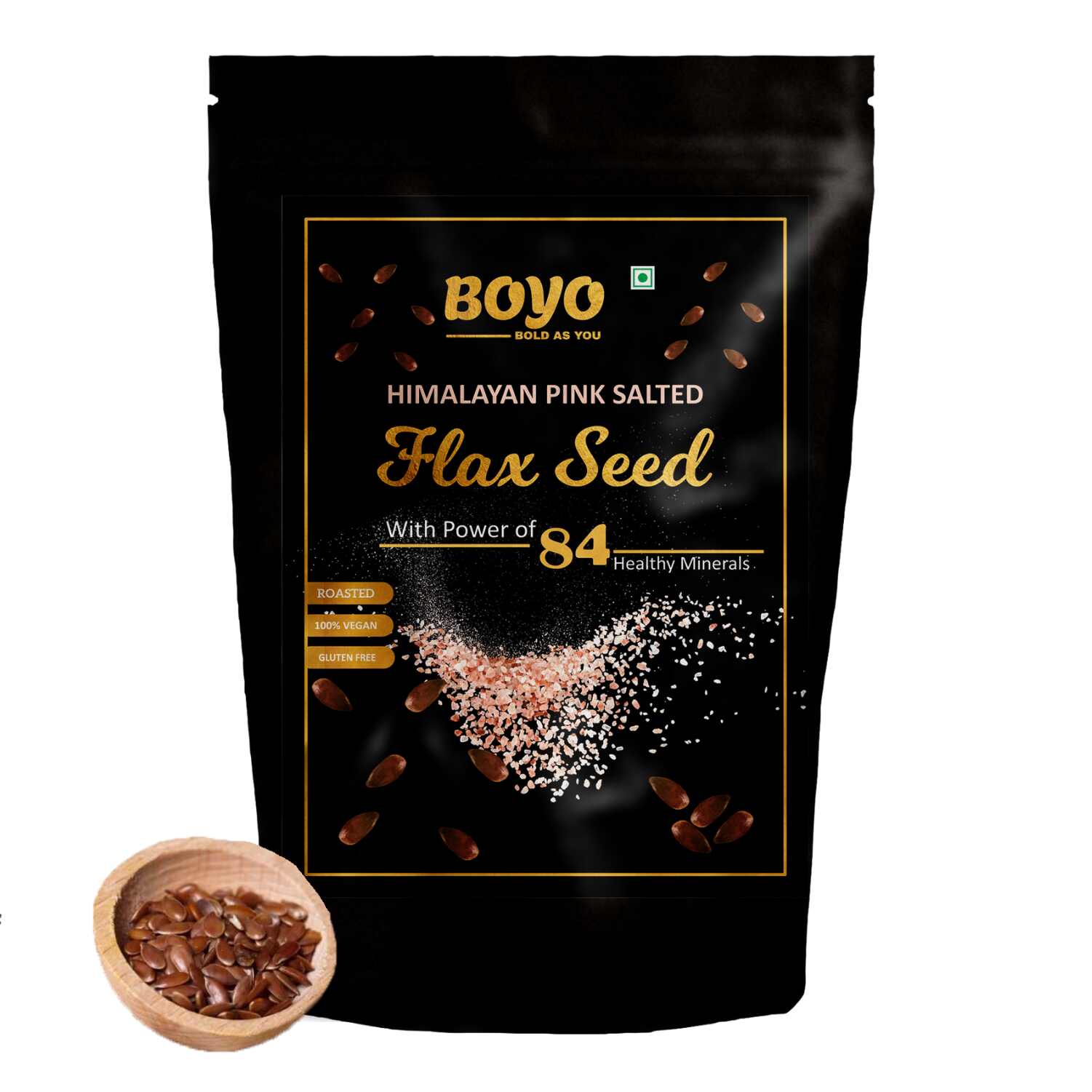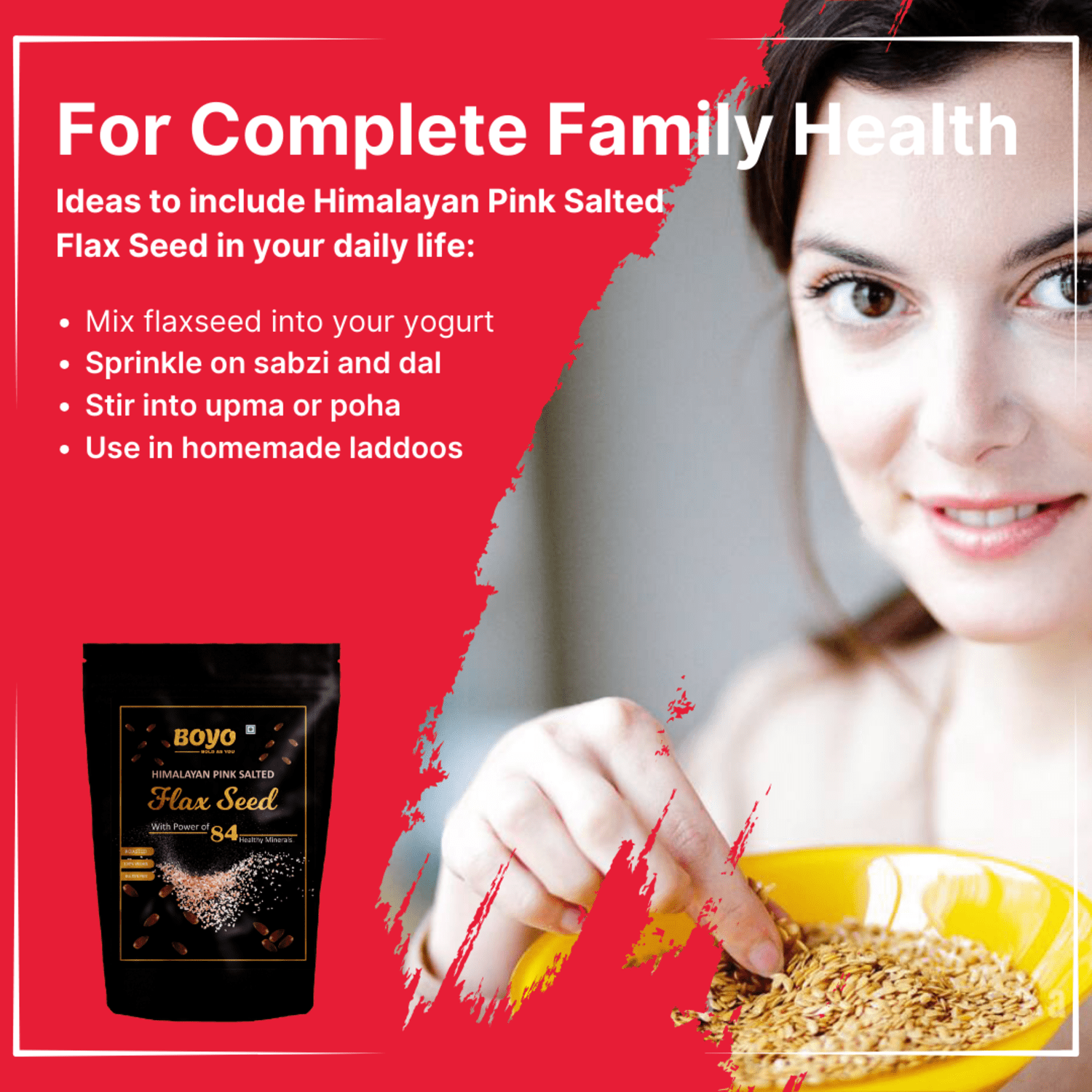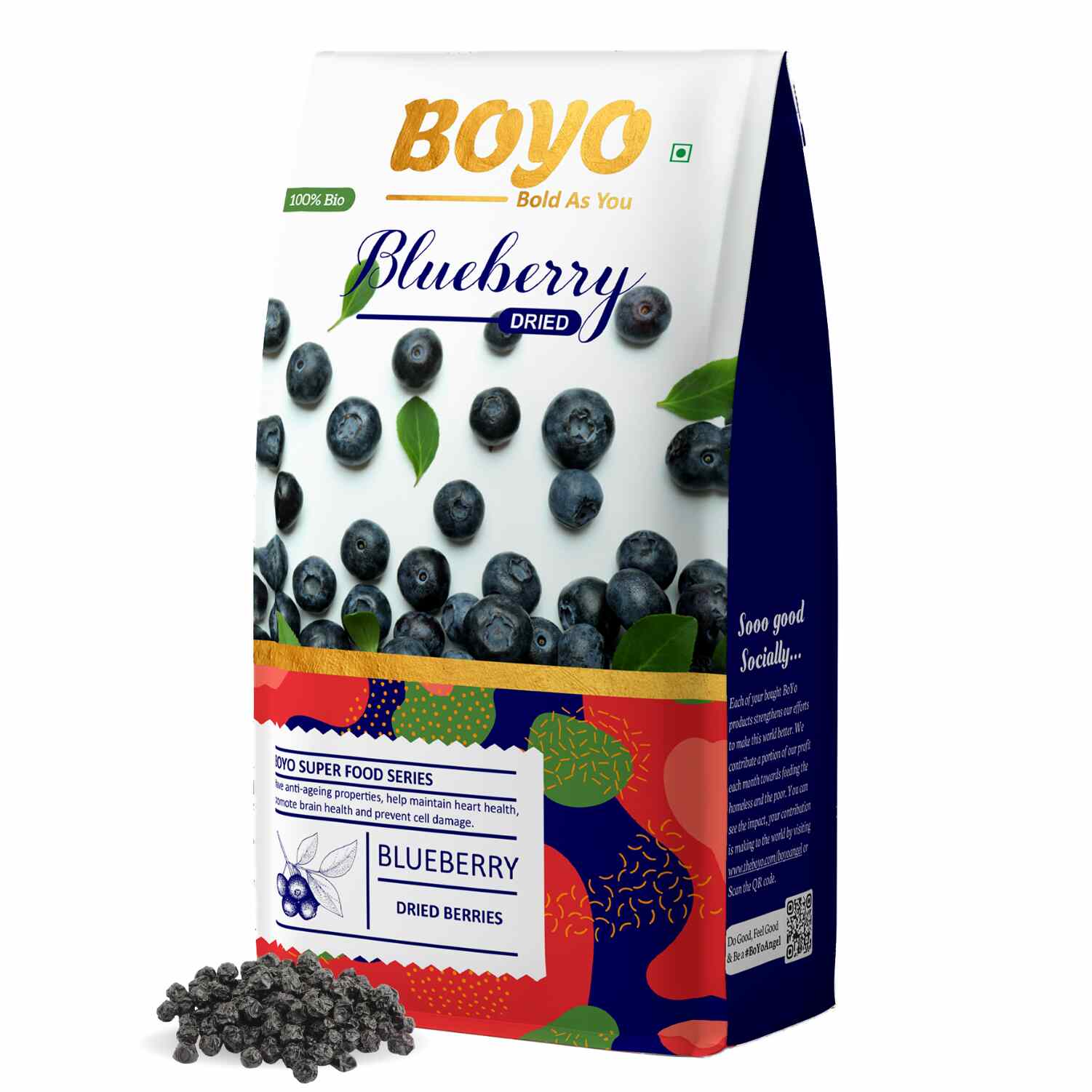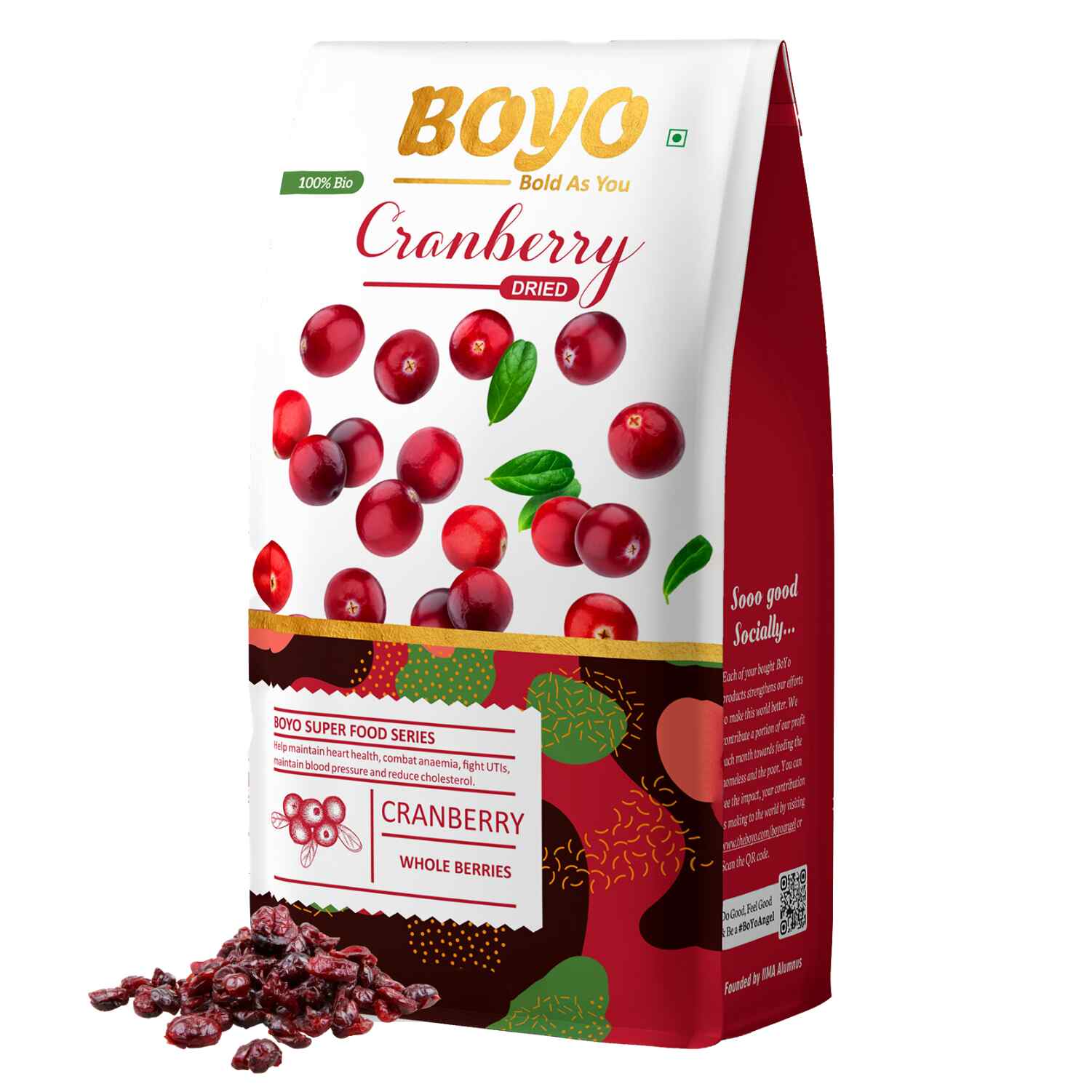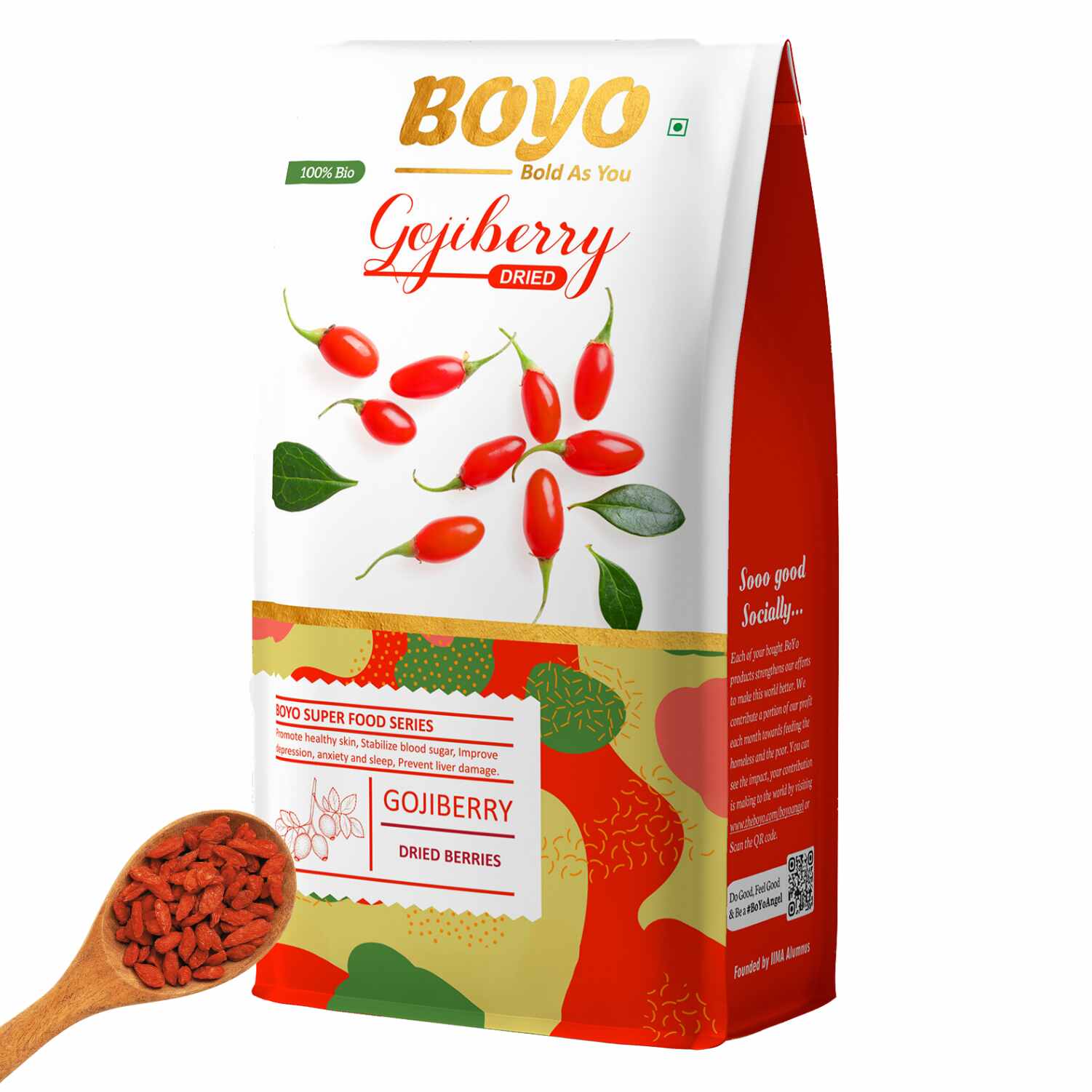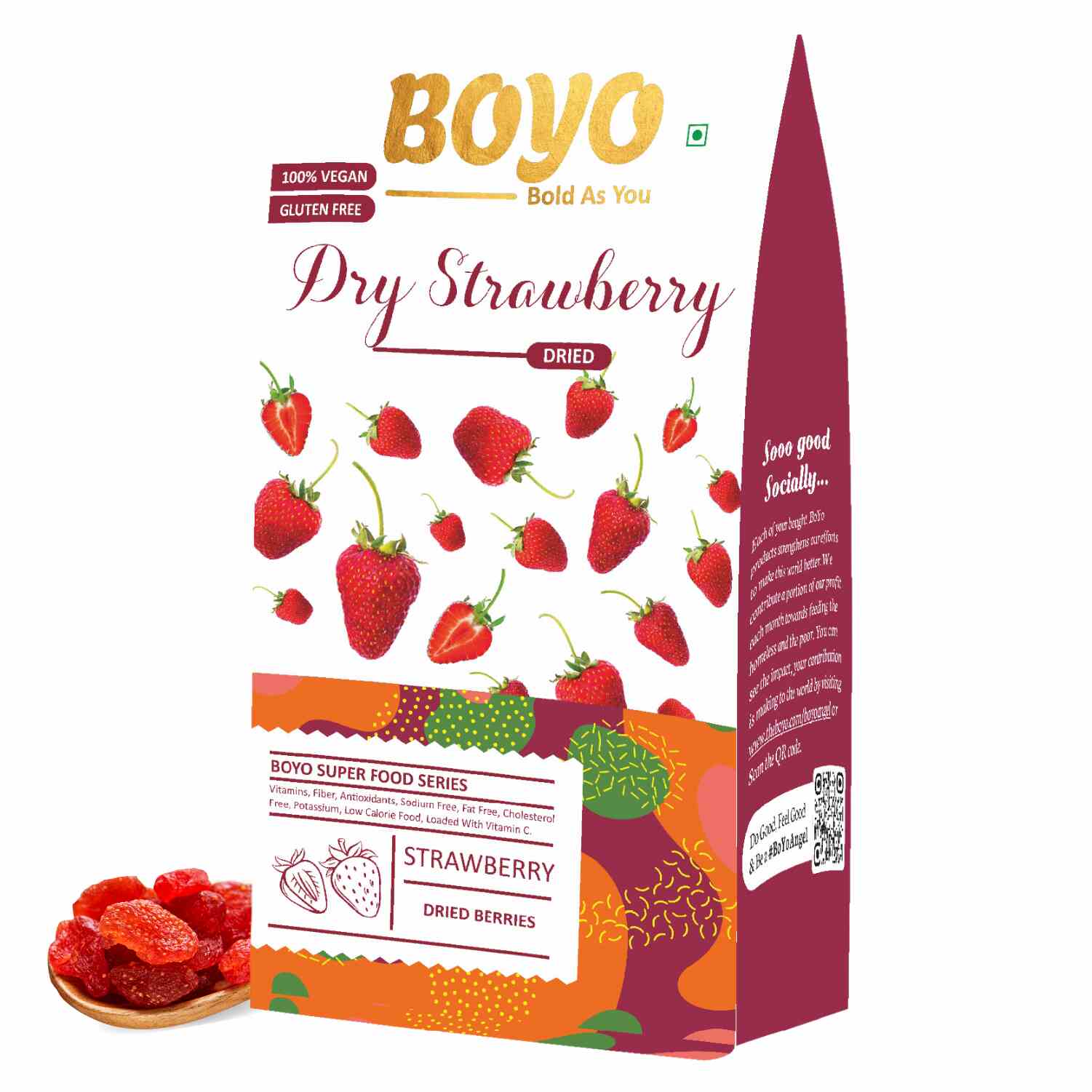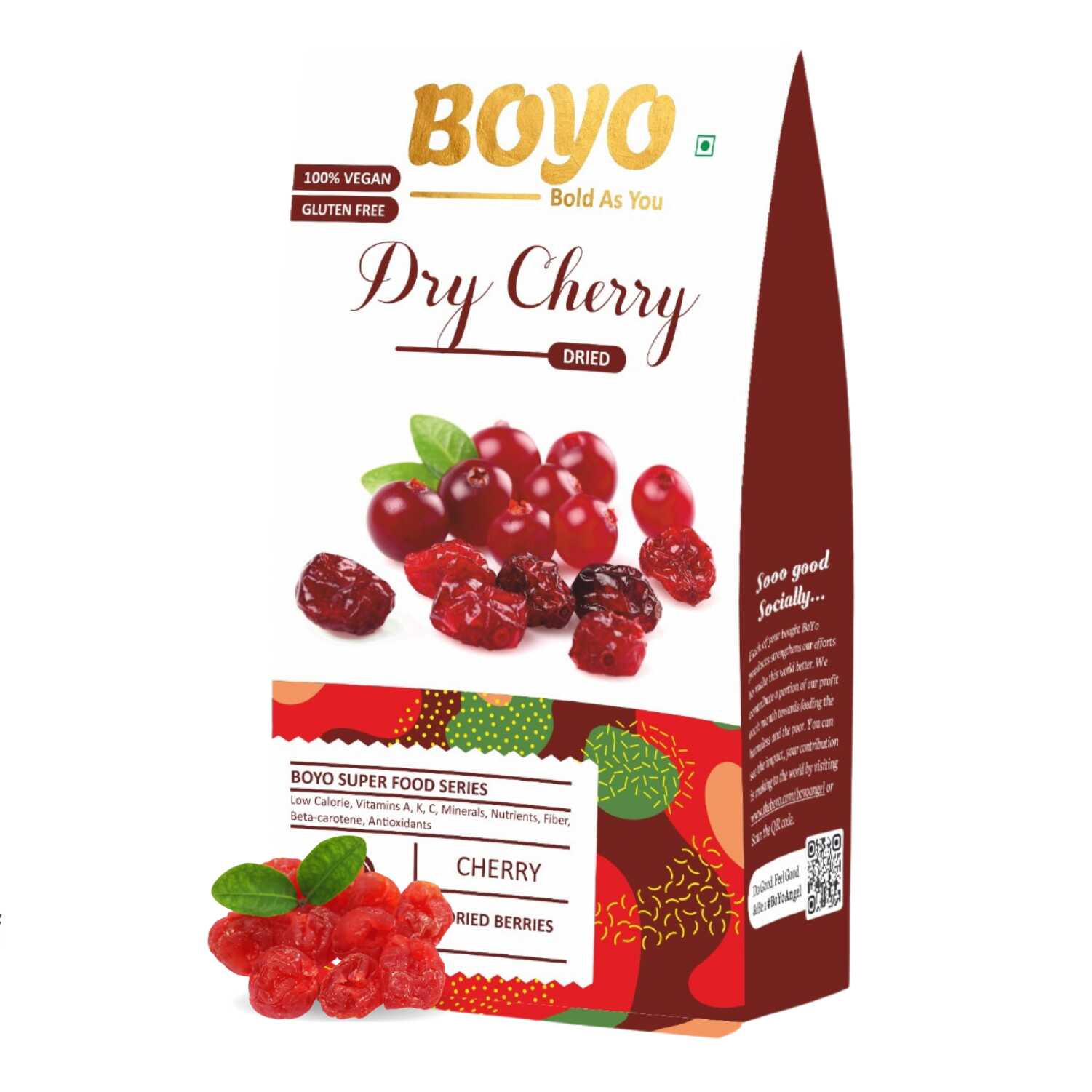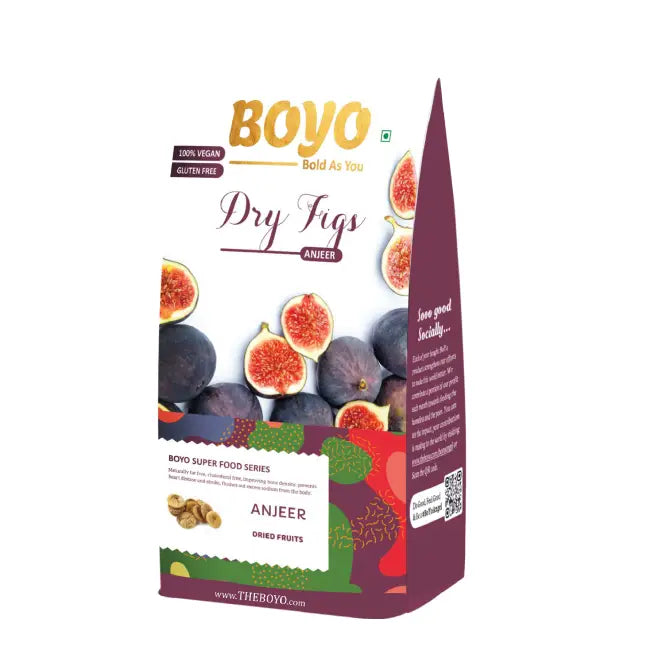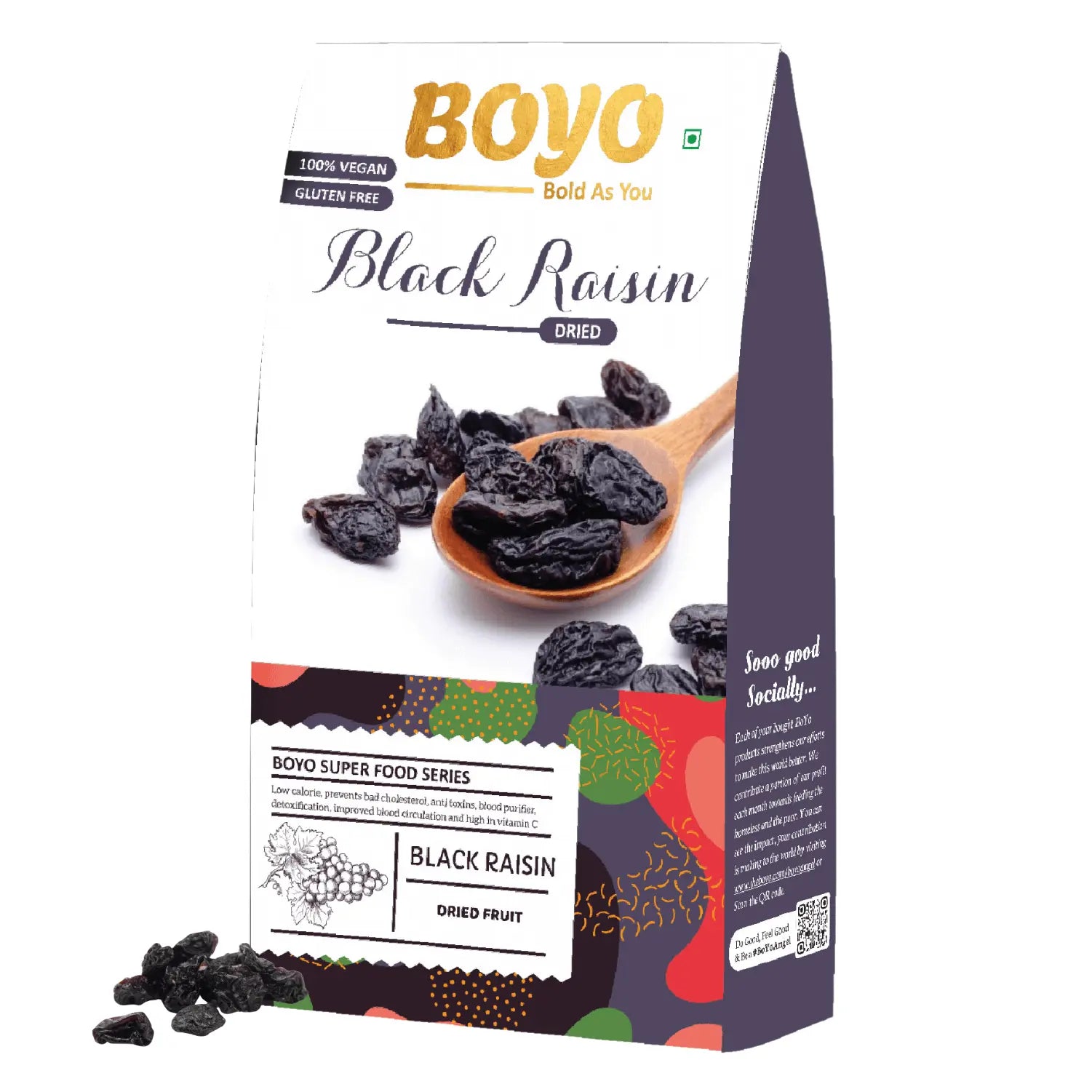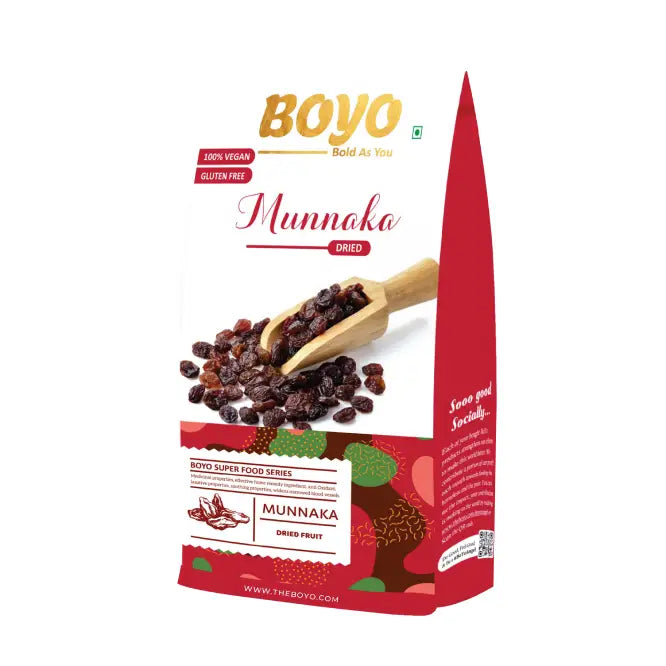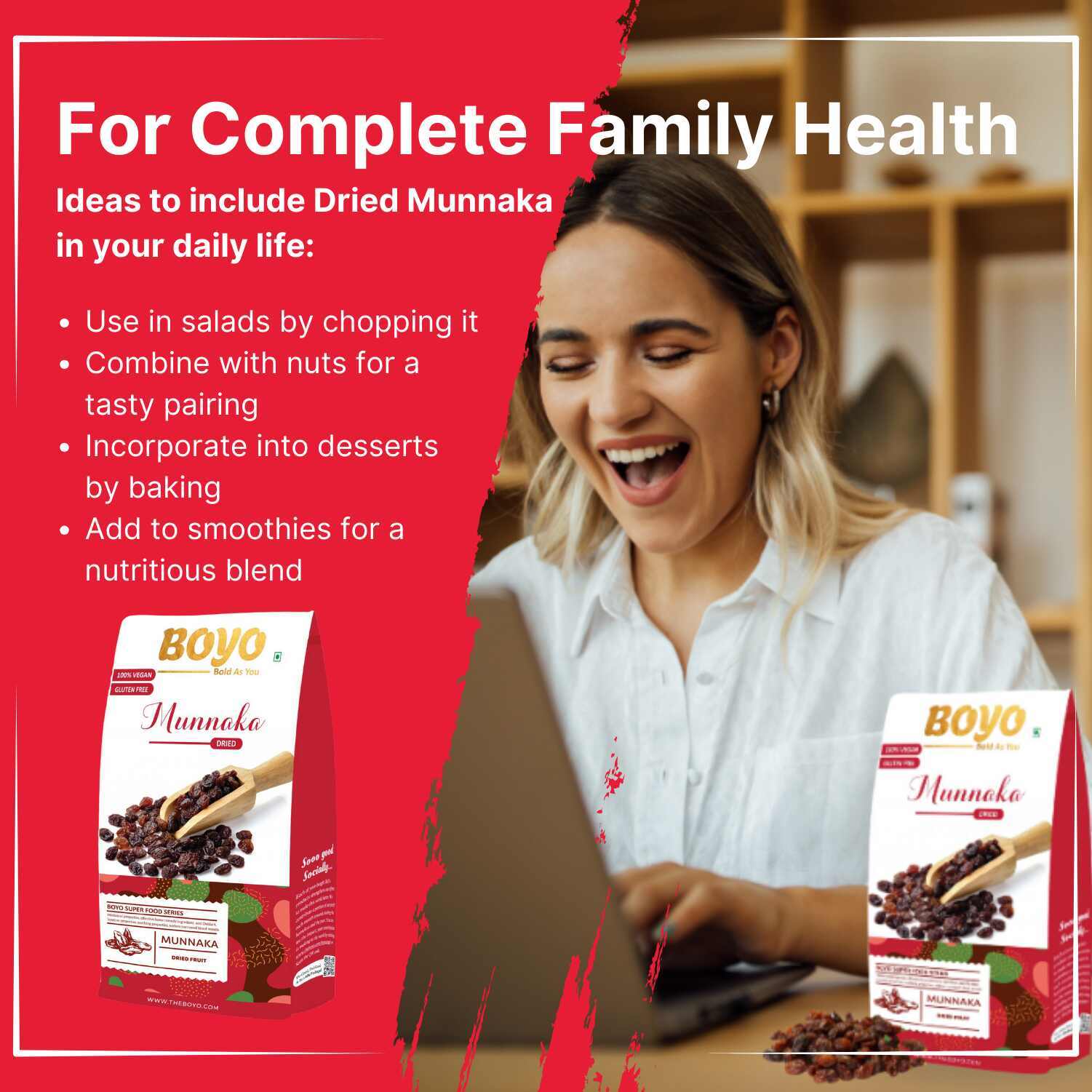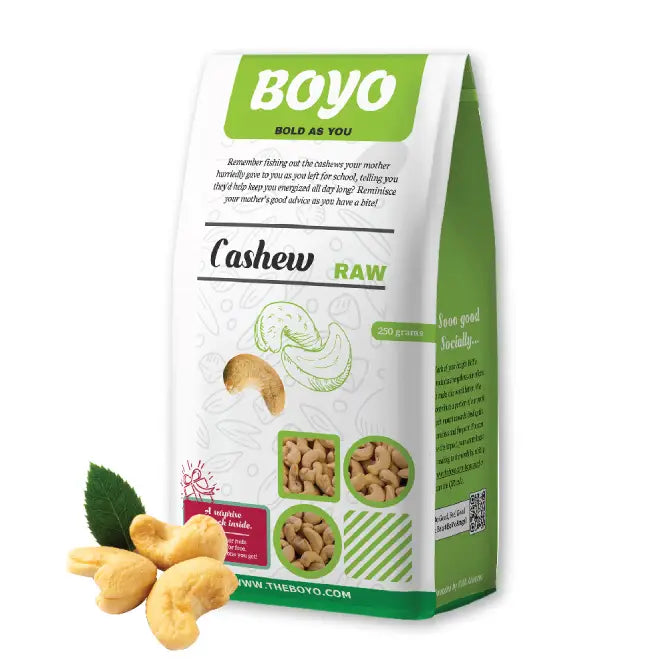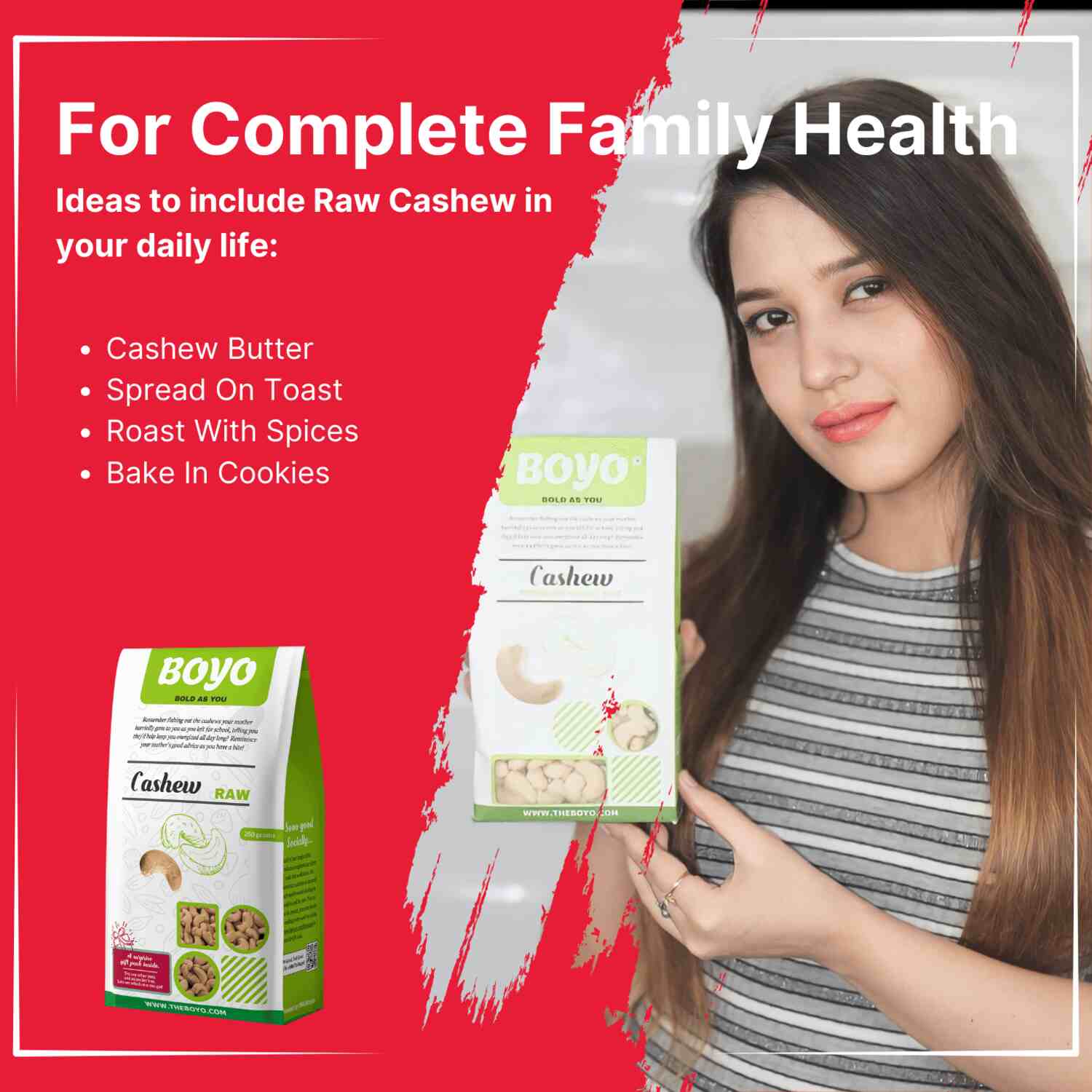
High Protein Sprouting Seed Mix: A complete protein source for all

What Are Sprout Seeds?
Sprout seeds are exactly what they sound like: seeds that have been allowed to germinate, producing little shoots. They're not only super tasty but also incredibly good for you. You can find a variety of sprout seeds out there, like alfalfa, mung bean, and lentil. Each type brings its own unique flavor and set of nutrients to the table.
Nutritional Benefits of Sprout Seeds
1. Packed with Good Stuff
Sprout seeds are a gold mine of nutrients. They're rich in vitamins, minerals, and protein, making them a great addition to any meal. Plus, they're high in fiber, which can help you feel full and satisfied throughout the day.
2. Immune System Boost
Thanks to their nutrient profile, sprout seeds can give your immune system a nice little boost. When I started adding sprout seeds to my diet, I noticed I got sick less often, and when I did, my recovery time was faster.
3. Low Calorie, High Energy
Sprout seeds are low in calories but high in energy, making them a great choice if you're trying to maintain a healthy weight or simply want to feel more energized throughout the day.
Some Common Types Of Sprouts You Can Enjoy
- Alfalfa Sprouts: Alfalfa seeds produce small, delicate green sprouts that have a mild, slightly nutty flavor. They are often used in salads and sandwiches.
- Mung Bean Sprouts (moong dal): These sprouts are crunchy and have a mild taste. Mung bean sprouts are popular in Asian cuisine and are often added to stir-fries, soups, and salads.
- Broccoli Sprouts: Known for their health benefits, broccoli sprouts have a slightly spicy flavor. They are rich in antioxidants and are often added to salads or used as a garnish.
- Lentil Sprouts: Lentil sprouts are small, colorful, and have a slightly peppery flavor. They can be used in salads, wraps, or as a topping for soups.
- Chickpea Sprouts: Chickpea sprouts are slightly nutty in flavor and can be used in salads, hummus, or other dishes. They provide a good source of protein.
- Radish Sprouts : Radish sprouts have a sharp, spicy flavor and add a zesty kick to salads and sandwiches.
- Clover Sprouts: Clover sprouts have a mild, earthy flavor and are similar in appearance to alfalfa sprouts. They can be used in salads, sandwiches, and as a garnish.
- Wheatgrass Sprouts: Wheatgrass is a popular superfood known for its health benefits. The sprouts can be juiced or added to smoothies for a nutrient boost.
- Sunflower Sprouts: These sprouts have a nutty flavor and a crunchy texture. They can be used in salads, sandwiches, or as a garnish.
- Pea Sprouts: Pea sprouts are sweet and tender with a mild flavor. They can be used in salads, stir-fries, and other dishes.
How to Use Sprout Seeds in Your Daily Life?
Alright, enough talk about how great sprout seeds are—let's get into the good stuff: how you can use them in your daily meals!
1. Add to Salads
One of the easiest ways to use sprout seeds is to toss them into your salads. They add a nice crunch and fresh flavor that elevates your greens. I love adding sprouted mung beans to my salads for a unique twist.
2. Smoothie Add-Ins
If you're a smoothie fan, you'll love adding sprout seeds to your morning blend. Just a handful of sprout seeds can give your smoothie an extra nutrient kick. Try alfalfa sprouts for a mild flavor that won't overpower your favorite smoothie recipe.
3. Incorporate into Sandwiches and Wraps
Sprout seeds make great additions to sandwiches and wraps, providing that satisfying crunch we're all after. Plus, they pair well with just about any fillings you can think of. My go-to is a hummus and veggie wrap with a generous helping of sprouted lentils.
4. Stir into Soups and Stews
Looking to make your soup or stew even heartier? Just add some sprout seeds! They blend right in and add some nice texture to the mix. Next time you make your favorite soup, toss in some sprouted seeds and thank me later.
5. Mix into Breakfast Bowls
Whether you're making oatmeal, yogurt, or granola bowls, sprout seeds can be a great addition. They add a touch of earthiness and a pleasant crunch to your morning meal. I love stirring sprouted chia seeds into my overnight oats for a little extra something.
6. Combine with Rice and Grains
For a tasty twist on your rice or grain dishes, mix in some sprout seeds. They'll add a burst of flavor and a pop of texture to your meal. Try sprouted quinoa in your next stir-fry for an extra layer of goodness.
7. Snack on Sprout Seeds
You can roast or toast sprout seeds for a crunchy snack. Season them with your favorite spices and enjoy a guilt-free, satisfying treat. This has become one of my go-to snacks during busy workdays!
Preparing seed sprout mixes
1. Choose High-Quality Seeds: Start with high-quality seeds that are specifically labeled for sprouting. You can find a variety of seeds such as alfalfa, mung bean, lentil, and radish at health food stores or online.
- Measure the Seeds: Measure out the desired amount of seeds for sprouting. A small amount goes a long way since the seeds will expand significantly during the sprouting process.
- Rinse the Seeds: Rinse the seeds thoroughly under cool water to remove any dust or debris.
- Soak the Seeds: Place the seeds in a clean jar or sprouting container and cover them with water. Let the seeds soak for the recommended amount of time (usually 6-12 hours depending on the seed type).
- Drain and Rinse: After soaking, drain the water and rinse the seeds again. Make sure to drain the water completely to avoid mold growth.
- Sprout the Seeds: Place the jar or container in a cool, dark place and cover it with a mesh lid or cheesecloth to allow airflow. Rinse and drain the seeds twice a day to keep them moist and prevent mold growth.
- Monitor Sprouting: Keep an eye on the seeds as they sprout. Depending on the seed type, sprouting may take anywhere from 2-7 days.
- Expose to Light: Once the sprouts have reached the desired length, you can expose them to indirect sunlight for a few hours to allow them to develop some chlorophyll and turn green.
- Harvest the Sprouts: When the sprouts are ready, give them a final rinse and drain them well. They are now ready to be eaten.
- Store the Sprouts: Store the harvested sprouts in a clean, dry container in the refrigerator. They will keep for about a week.
- Enjoy the Sprouts: Add the fresh sprouts to salads, sandwiches, wraps, or other dishes for a boost of flavor and nutrition.
Shelf Life of Sprout Seeds:
- Average Shelf Life: Most sprout seeds have a shelf life of 1 to 3 years, depending on the type of seed and the storage conditions.
- Factors Influencing Shelf Life: Proper storage conditions, such as temperature, humidity, and light exposure, play a significant role in determining the shelf life of sprout seeds.
3. Viability: As seeds age, their germination rate may decrease. It's essento check the seeds' viability if they have been stored for a long time.
- Expiration Date: Check the package for a "best by" or expiration date to ensure you are using the seeds within their optimal time frame.
Storage of Sprout Seeds:
- Cool Temperature: Store sprout seeds in a cool place, ideally between 40°F (4°C) and 70°F (21°C). Avoid storing seeds in places that get too warm, as heat can decrease their viability.
- Dry Environment: Keep seeds in a dry environment to prevent mold or mildew. High humidity can negatively impact the seeds' shelf life.
- Airtight Containers: Store sprout seeds in airtight containers or resealable bags to protect them from moisture and air exposure.
- Dark Place: Keep seeds in a dark place, away from direct sunlight. Light exposure can degrade seeds over time.
- Labeling: Label containers with the purchase or opening date to keep track of the seeds' age and shelf life.
- Rotate Stock: Use older seeds first to ensure you are always using seeds that are still within their optimal germination period.
7. Check for Quality: Before sprouting, inspect the seeds for any signs of spoilage or infestation. Discard any seeds that appear discolored, moldy, or damaged.
How to Grow Your Own Sprout Seeds
One of the best things about sprout seeds is that you can easily grow them yourself at home! Not only is this a cost-effective way to enjoy fresh sprouts, but it also lets you have fun experimenting with different types.
Here's how to grow your own sprout seeds:
- Soak: Start by soaking your chosen seeds in water for a few hours or overnight.
- Rinse and Drain- Rinse the seeds well and drain the water. Place them in a sprouting jar or container.
- Rinse Daily: Rinse the seeds every day and drain off the water to keep them moist.
- Wait: In a few days, you’ll start to see sprouts appear! Once they're ready, give them a final rinse and enjoy.
Safety and Precautions
When handling sprout seeds, there are a few things you should keep in mind:
- Washing and Storage: Wash your sprout seeds thoroughly before consuming them, and store them properly to maintain freshness.
- Avoiding Contamination:Make sure your sprouting container is clean and sanitized to prevent contamination.
Why Sprout Seeds?
- Because sprouted seeds are easier to digest than un-sprouted seeds, they are a suitable option for those who have digestive issues.
- Antioxidants included in sprouted seeds can help shield your cells from cellular deterioration.
- A good source of fiber, such as sprouted seeds, might make you feel full and pleased after eating.
The Benefits of Protein for Vegans and Vegetarians from sprouts seeds
- Building and mending tissues, particularly muscular tissue, depends on protein.
- Additionally, it is crucial for the body's transportation of nutrients and for preserving a strong immune system.
- Making ensuring that vegetarians and vegans have adequate protein in their diets is crucial.
- Given that many plant-based diets are lower in protein than animal goods, this can be difficult.
- A high-protein sprouting seed mixture, however, can be a fantastic method to increase your protein consumption.
The BOYO High Protein Sprouting Seed Mix
Foods like Seitan, Tofu, Lentils, Chickpeas, and Spelt are excellent sources of protein that are friendly to those who don’t consume meat. But finding the right amounts and combinations of these foods to ingest can also be a problem. However, this is what makes
The BOYO High Protein Sprouting Seed Mix the perfect solution for you. This 8-ingredient seed mixture is high in antioxidants and enriched with proteins. It is your means to supply your body with essential amino acids, boost muscle gain, and fortify bone density.
The mix is 100% vegan and Gluten-free and includes seeds rich in high-quality protein, Calcium, and Iron, which are great for stomach health and reducing cholesterol.
What Makes BoYo High Protein Sprouting Seed Mix Special?
The BOYO High Protein Sprouting Seed Mix consists of eight essential ingredients:
- Mung, Soyabean, Fenugreek, Finger Millet, Clover, Almonds, Radish, and Mustard.
- Mung and Fenugreek, high in protein and fiber, promote better digestion, lower blood pressure, and regulate cholesterol.
- Fiber is essential to promoting better digestion by adding bulk to stool and suppressing appetite.
- They are also rich in high-quality plant protein – which, of course, is essential to building and maintaining muscle mass.
- Soyabean, Finger Millet, and Radish, rich in amino acids, magnesium, and zinc, help lower cardiovascular diseases, fortify bone density, ease inflammation, and speed up the healing process.
- Soybean is the main ingredient of Tofu, a protein-rich food considered essential for vegans.
- The bean is believed to provide whole proteins - they provide you with all the essential acids.
- Amino acids are the building blocks of muscles.
- These four seeds are also rich in calcium which helps bones become stronger.
Making and Utilizing a High Protein Sprouting Seed Blend
- A high-protein sprouting seed mixture is easy to make. A jar, a piece of cheesecloth, some water, and some seeds are required.
- First, carefully rinse the seeds in a colander. After that, add water to the container, then add the seeds. About an inch of water should be present above the seeds.
- Use a rubber band to hold the cheesecloth in place over the jar's lid. After that, put the jar somewhere warm that is not in direct sunlight.
- Within a few days, the seeds will start to sprout. After they have sprouted, clean them and eat them as a snack, in salads, or on sandwiches.
Frequently Asked Questions (FAQs)
1] Which seeds provide the finest additions to a high-protein sprouting seed blend?
Lentils, mung beans, soybeans, and sunflower seeds are a few of the best seeds for a high-protein sprouting seed mix. All of these seeds are loaded with protein and simple to sprout.
2] How long does it take for the seeds to sprout?
The type of seed will determine how long it will take to grow. The majority of seeds will sprout in 3–5 days.
3] How long can I store the sprouting seeds?
For up to three days, sprouted seeds can be kept in the refrigerator. They are best consumed fresh, though.
4] Are there any possible hazards or safeguards to take into account when sprouting seeds?
There are some possible dangers related to sprouting seeds. One danger is the potential for bacterial contamination of sprouts. Use clean seeds, then sprout them in a clean environment, to lower the danger of infection.
5] How much protein is contained in the sprouting seed blend?
Depending on the types of seeds used, a high-protein sprouting seed mix will have a different quantity of protein. But typically, a high-protein sprouting seed mixture will deliver approximately 15 grams of protein per serving.
6] From where can one buy Sprouting Seed Mix?
Customers can buy BoYo Sprouting Seed Mix from Amazon, Flipkart or from the official BoYo Store.
Conclusion
Lastly, Clover, Almond, and Mustard are rich in calcium and vitamins A, B, C, and E. These nutrients make them great for weight loss, cultivating healthy hair and skin, and reducing headaches. The sprout mix is a unique blend of all these essential nutrients.
It is gluten-free, accessible, and great at providing a healthy protein intake and reducing the risk of cardiovascular disease. Besides, it is also excellent in regulating blood sugar and cholesterol levels, lowering blood pressure, and easing headaches. The BOYO High Protein Sprouting Seed Mix is your answer to becoming the muscled person of your dreams!


